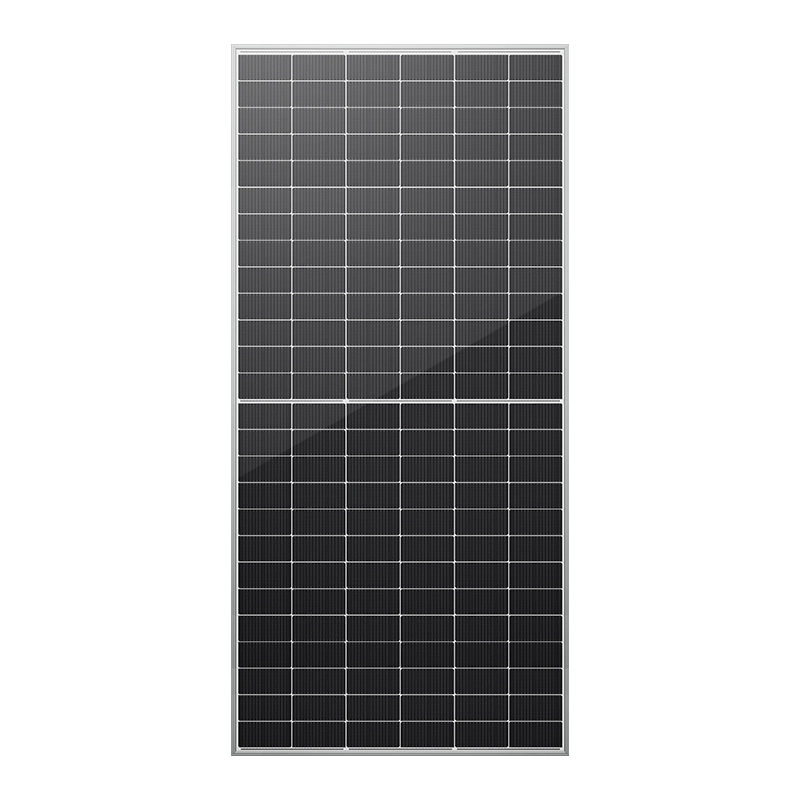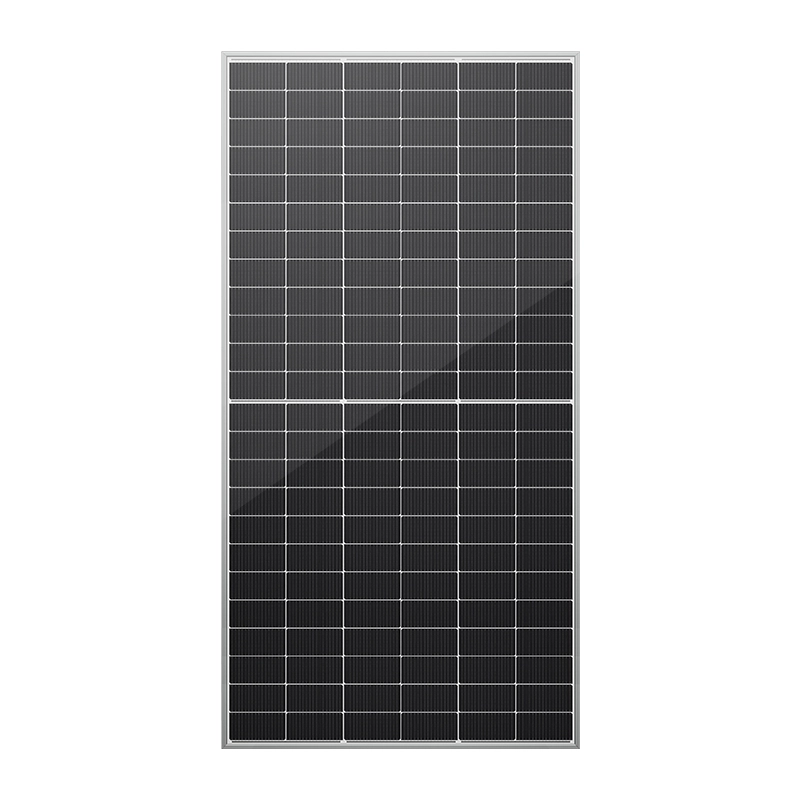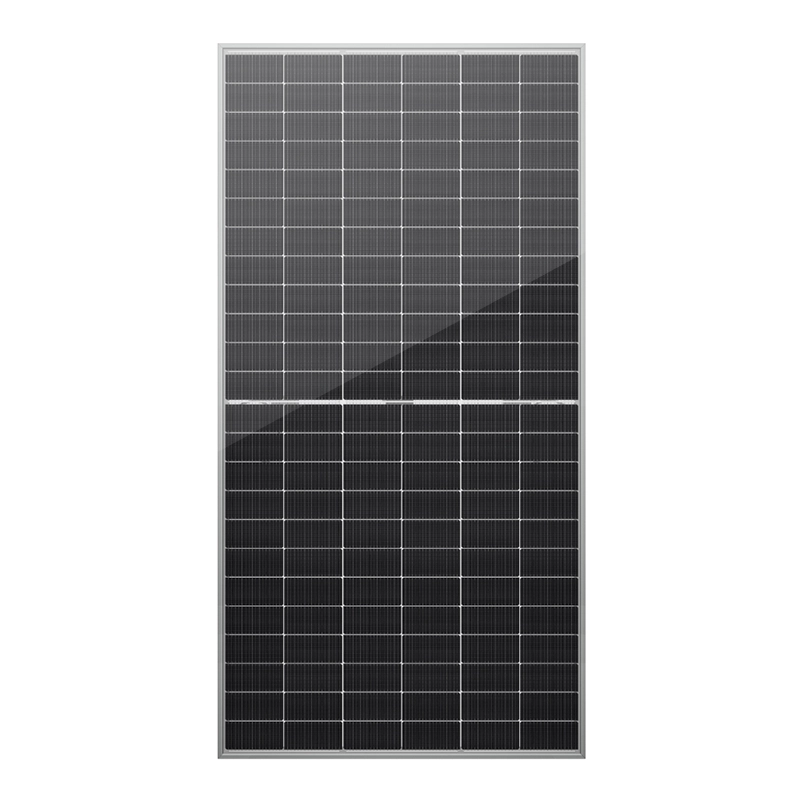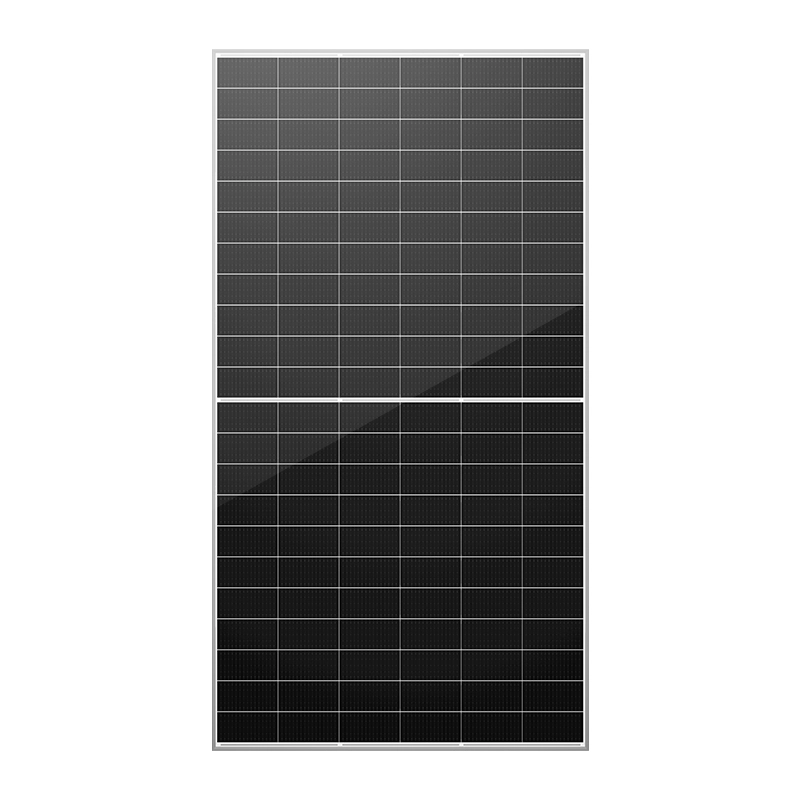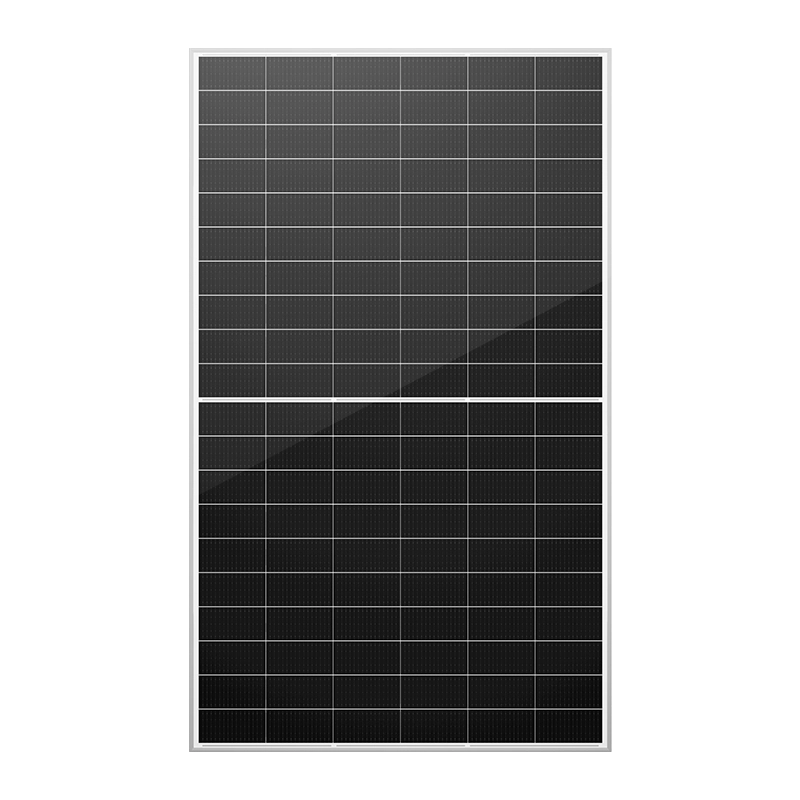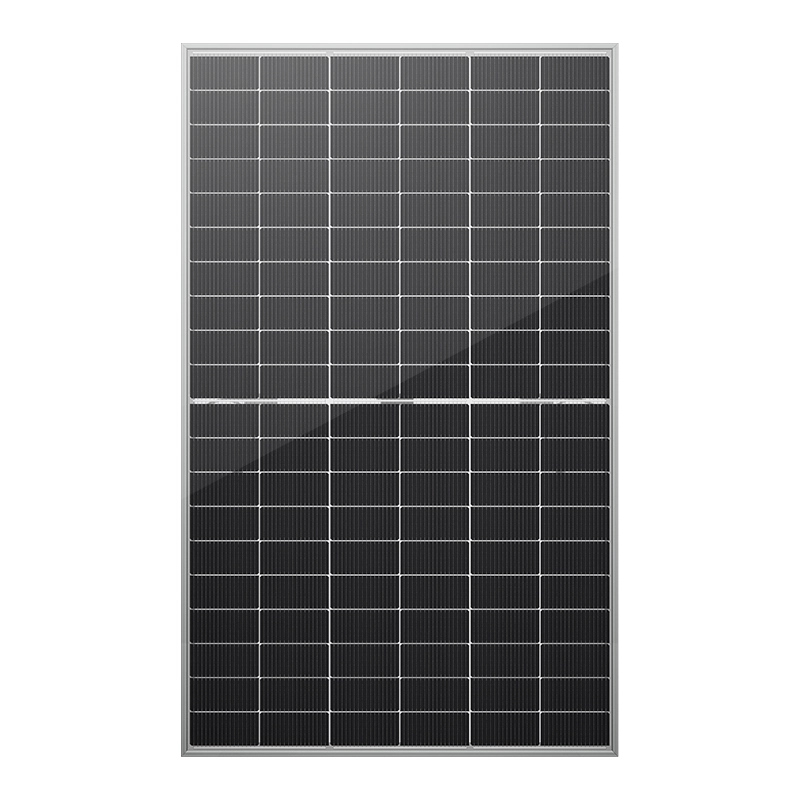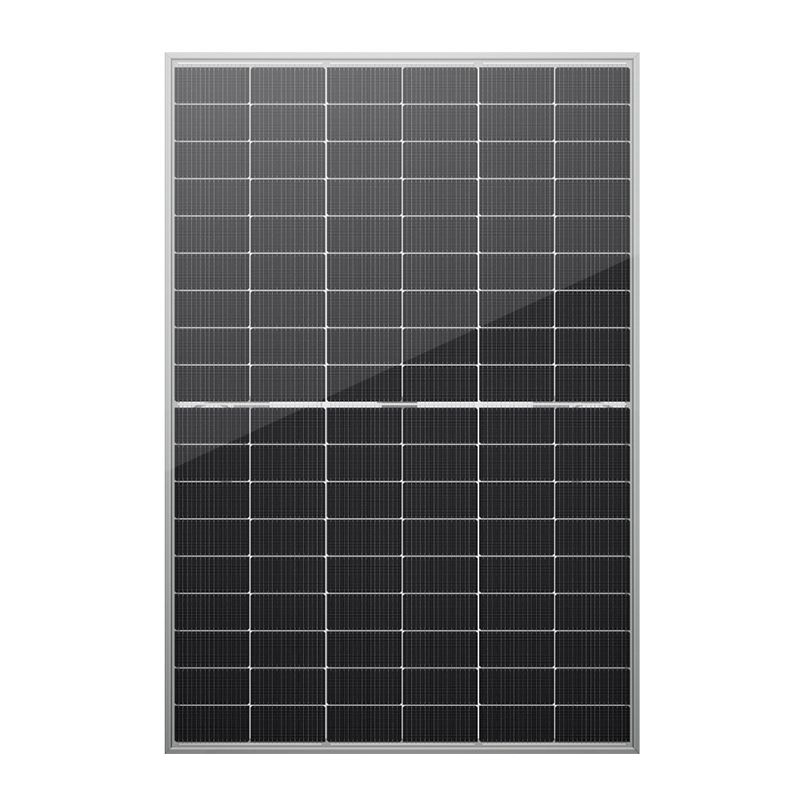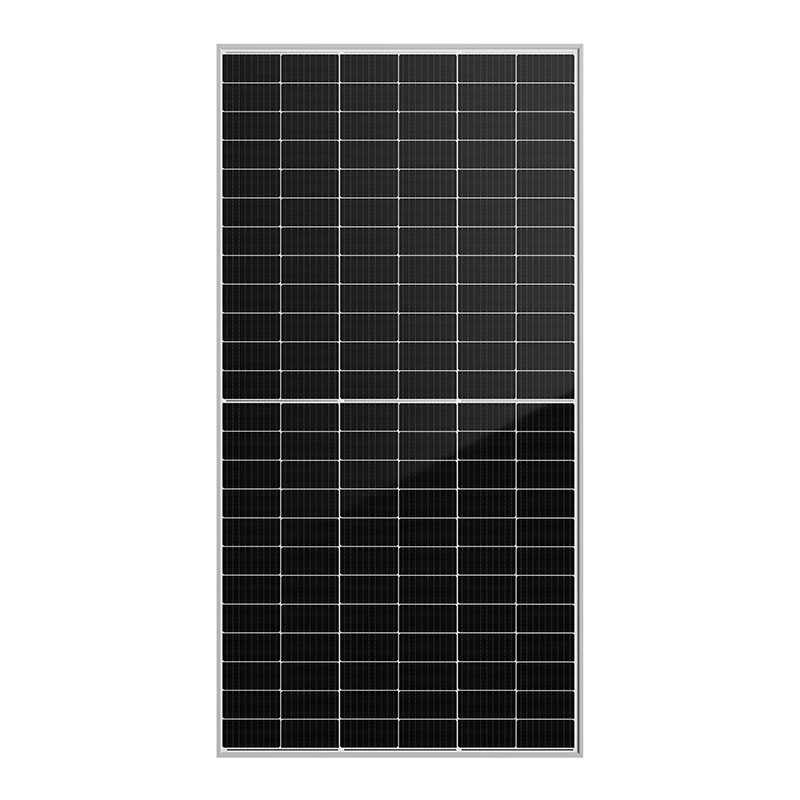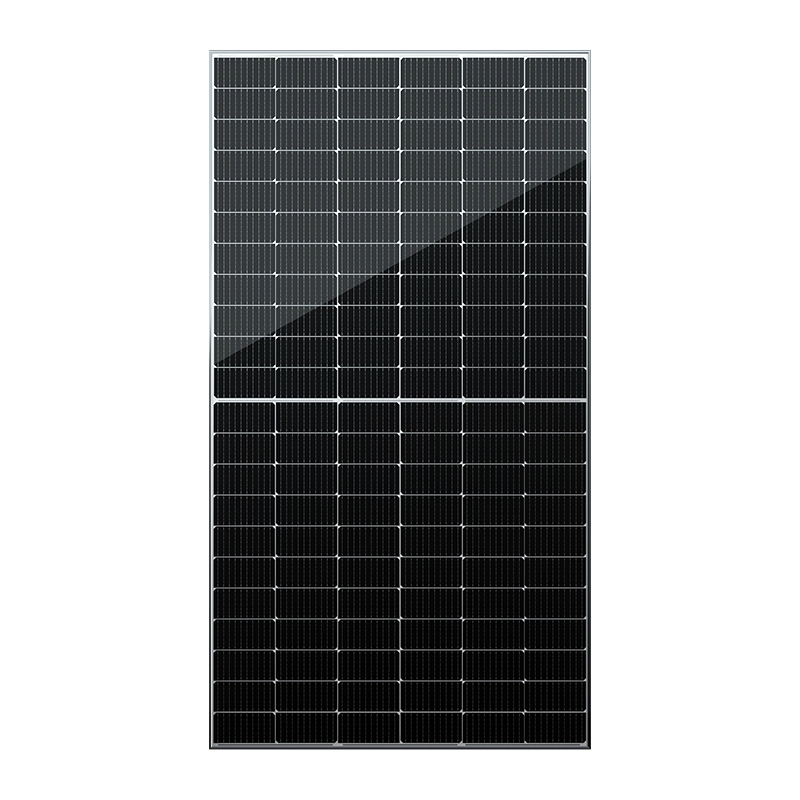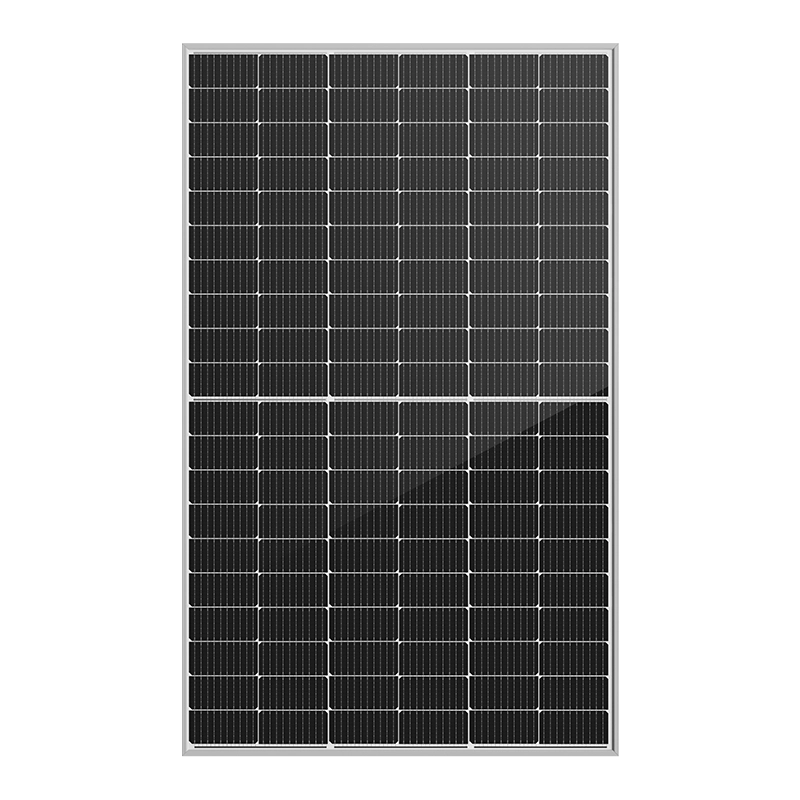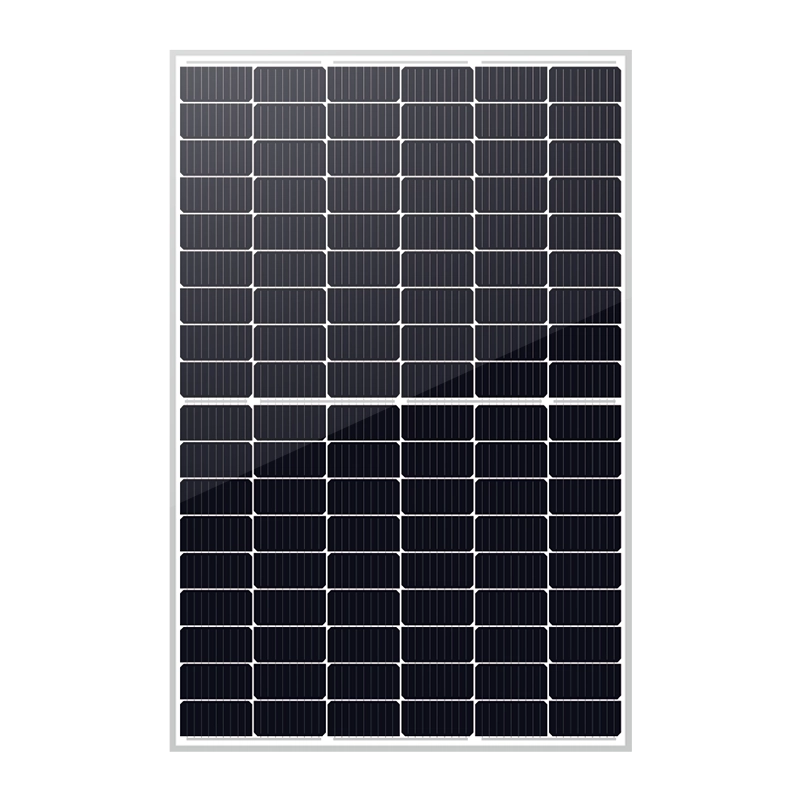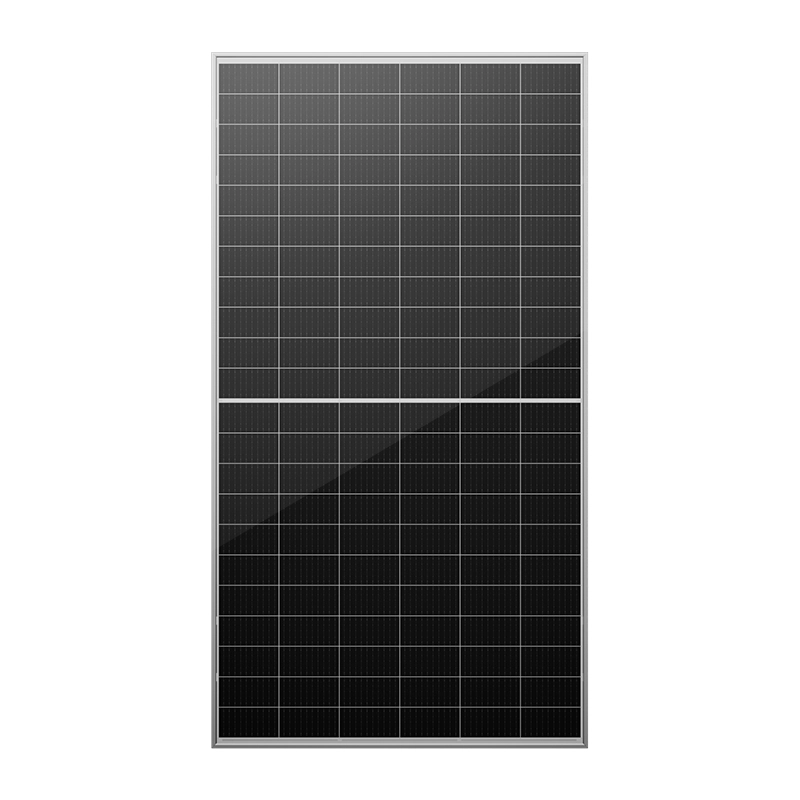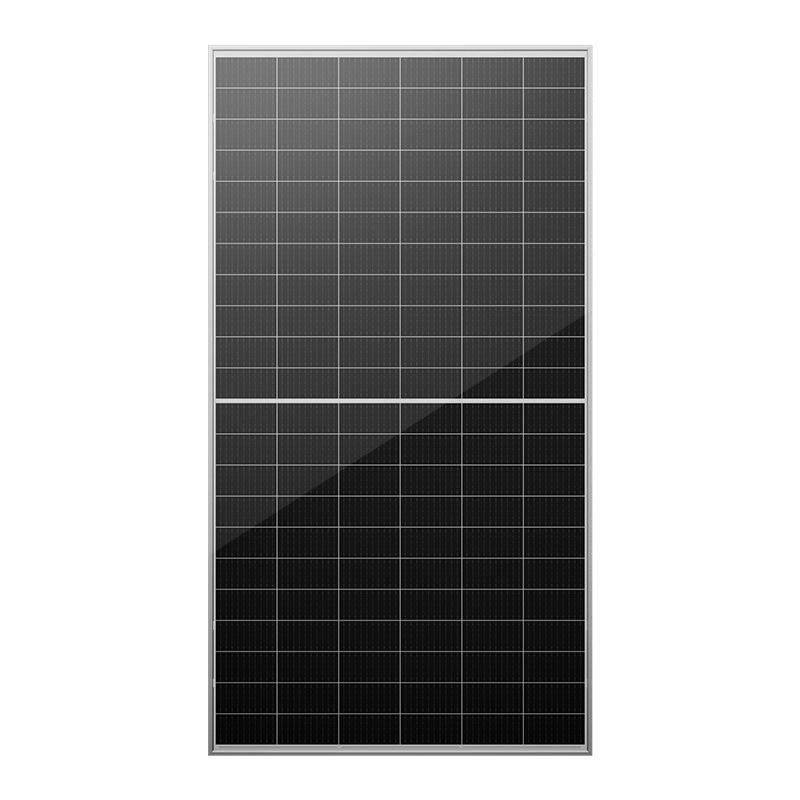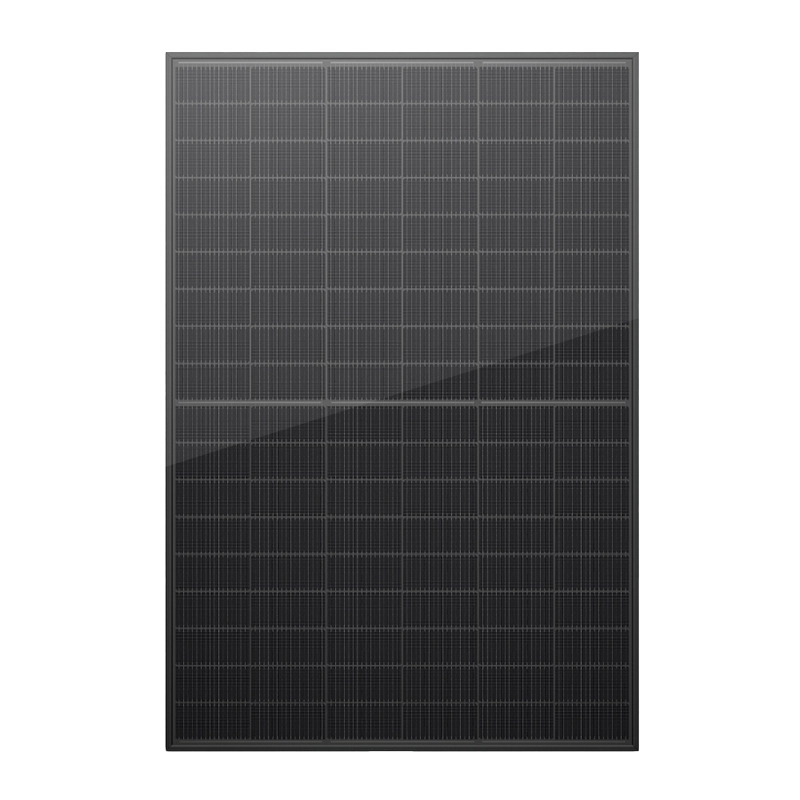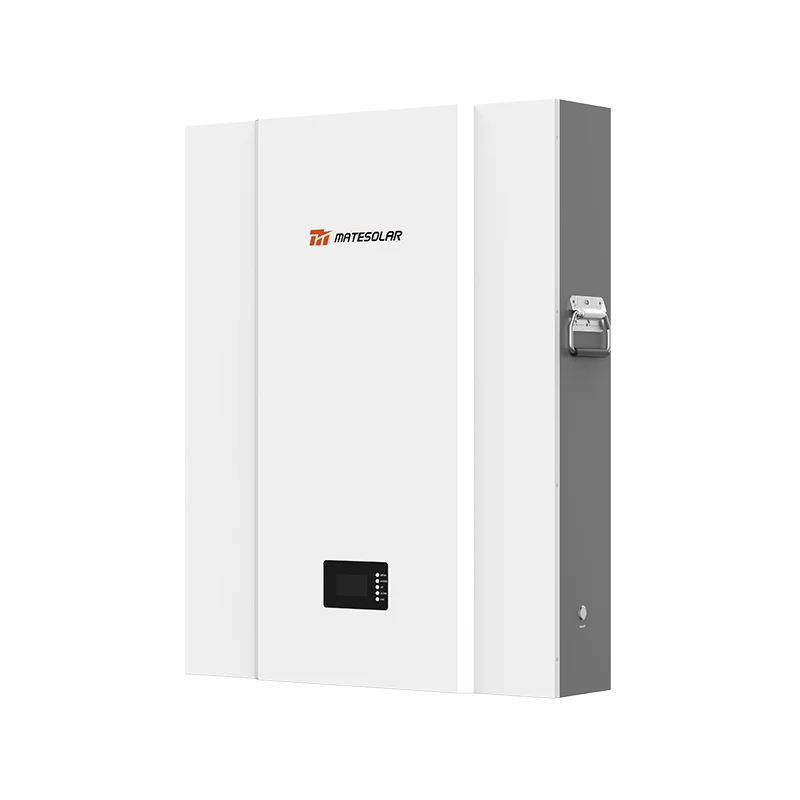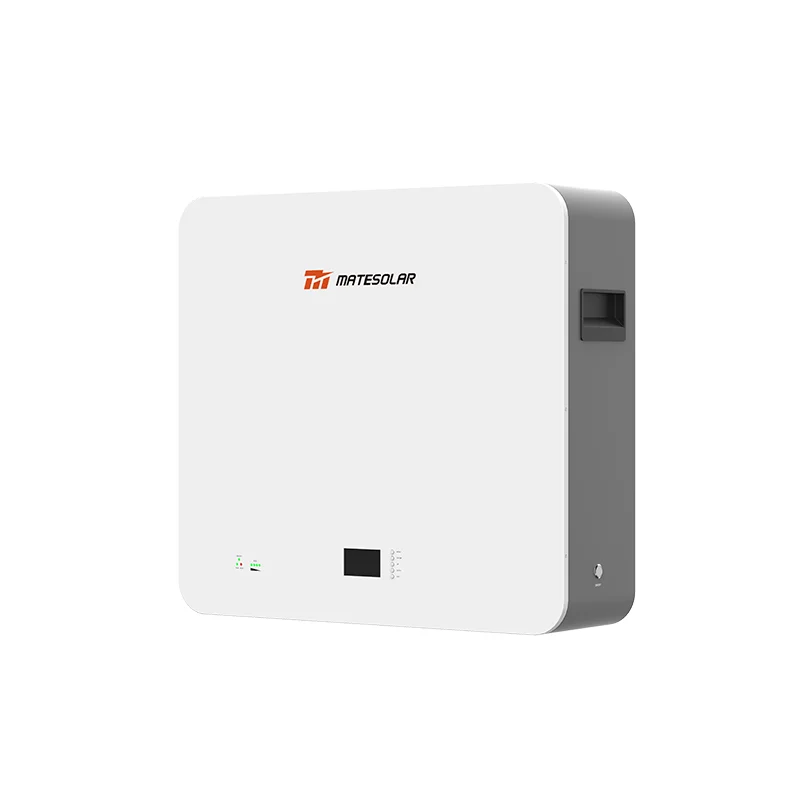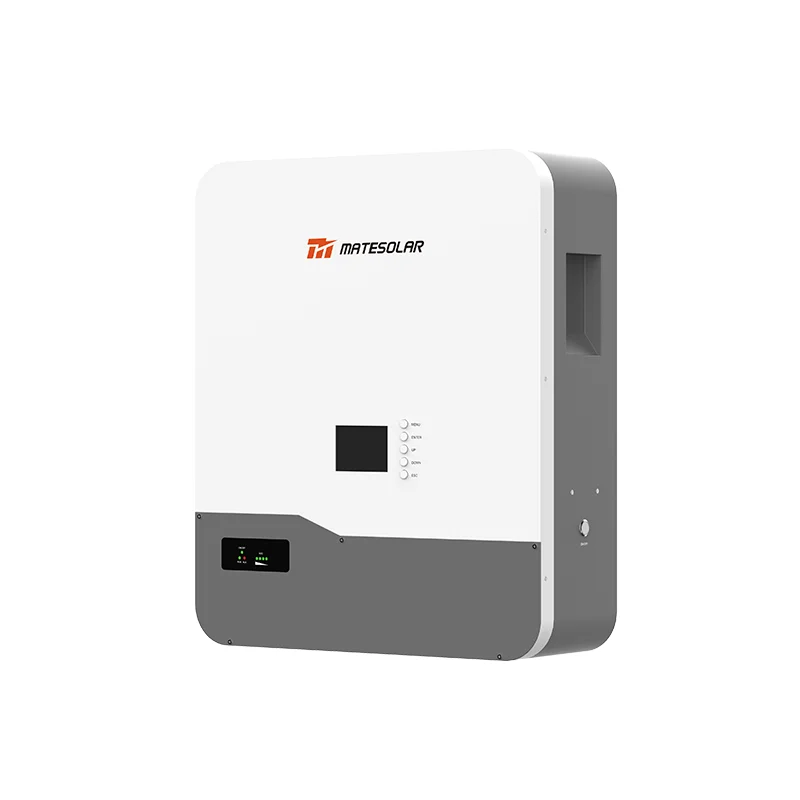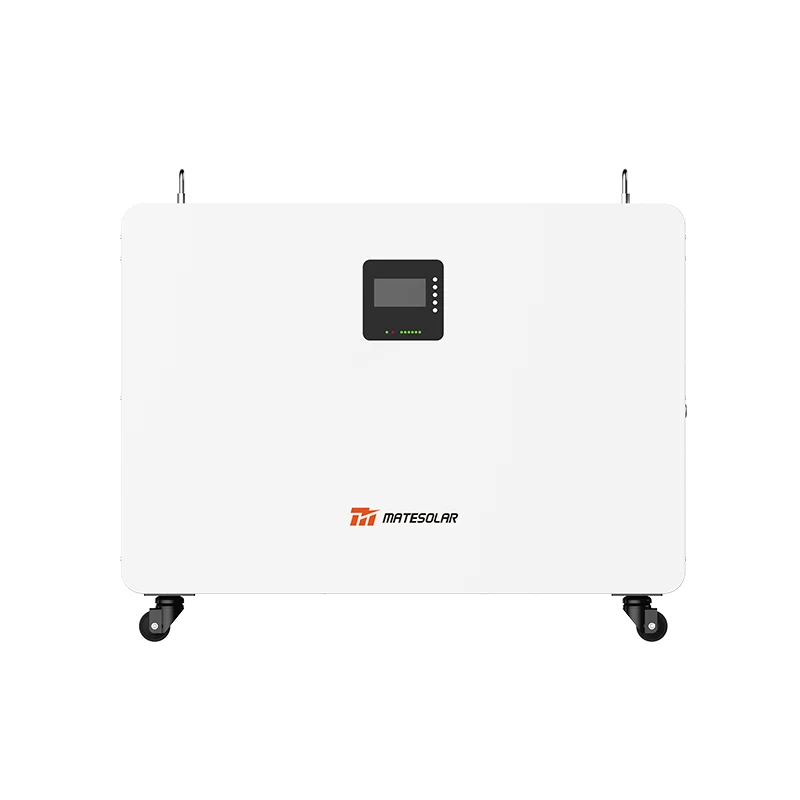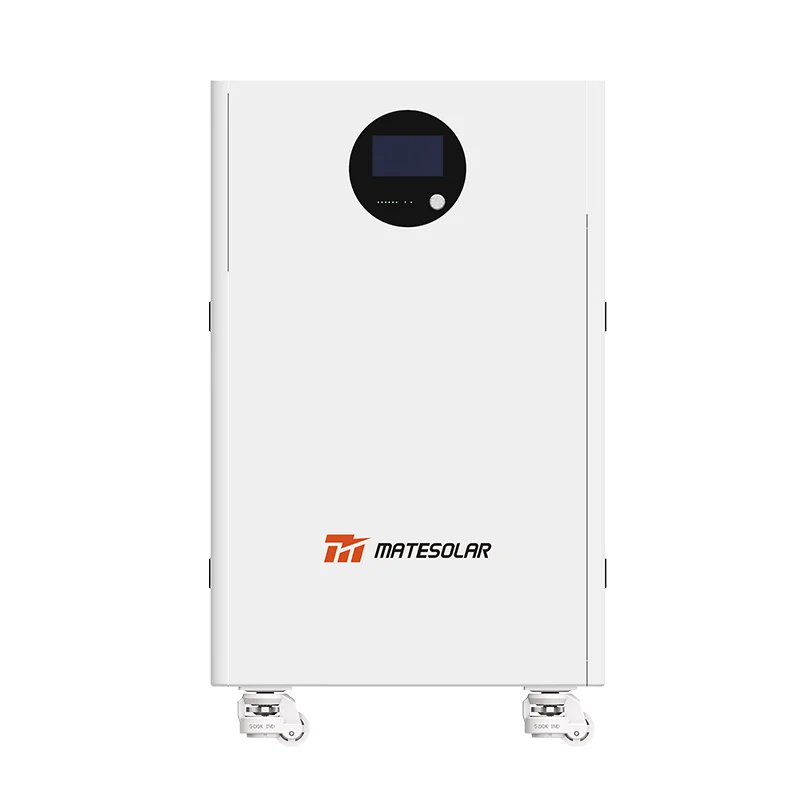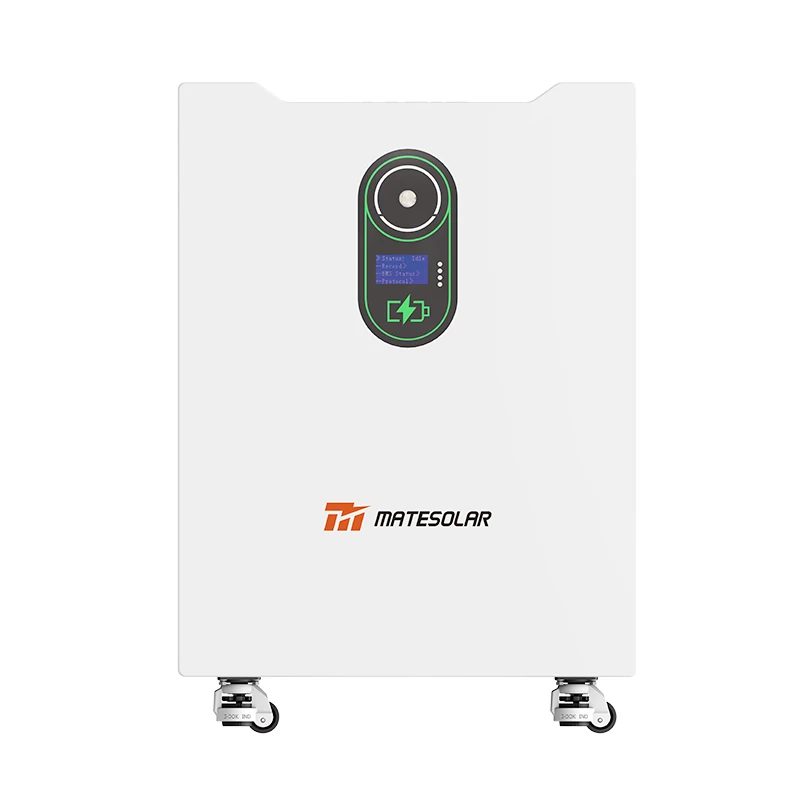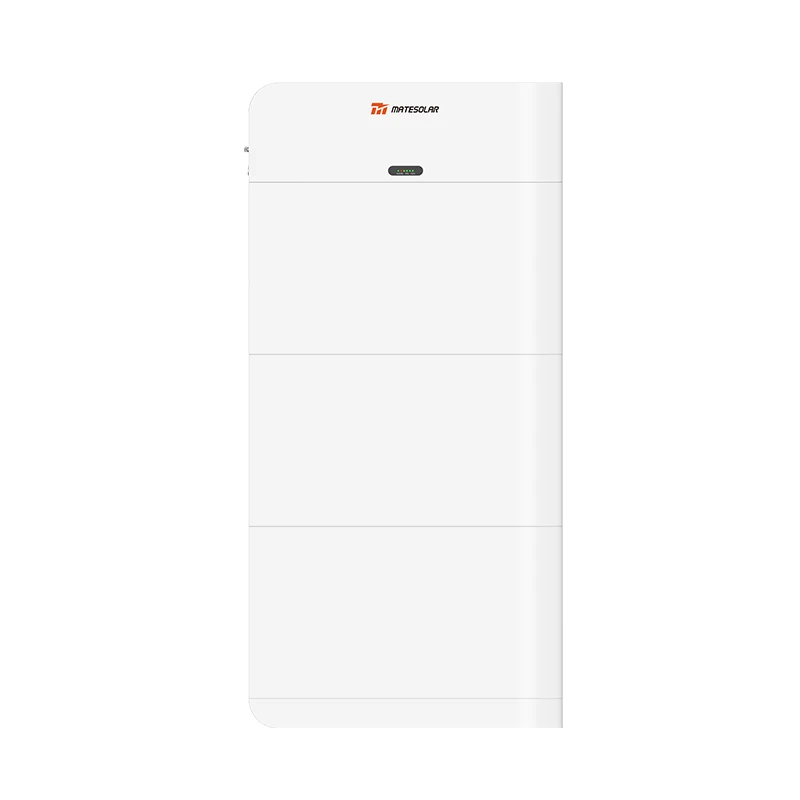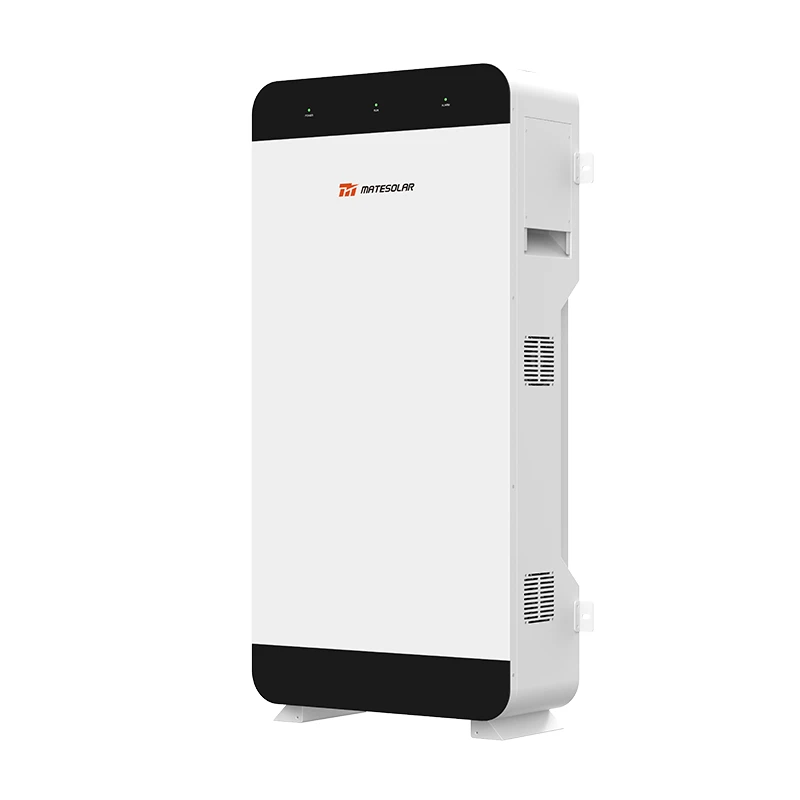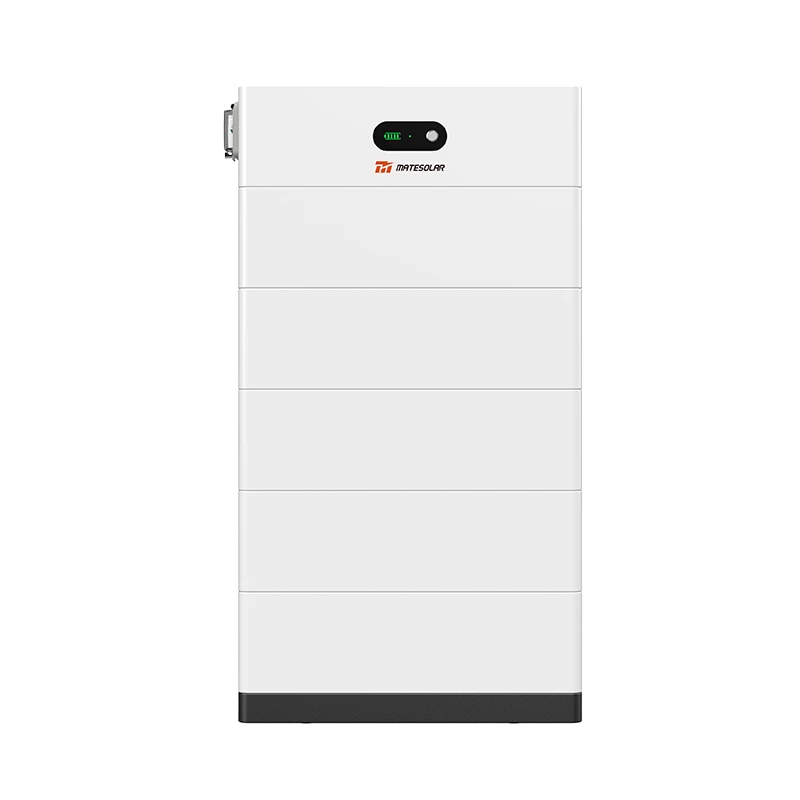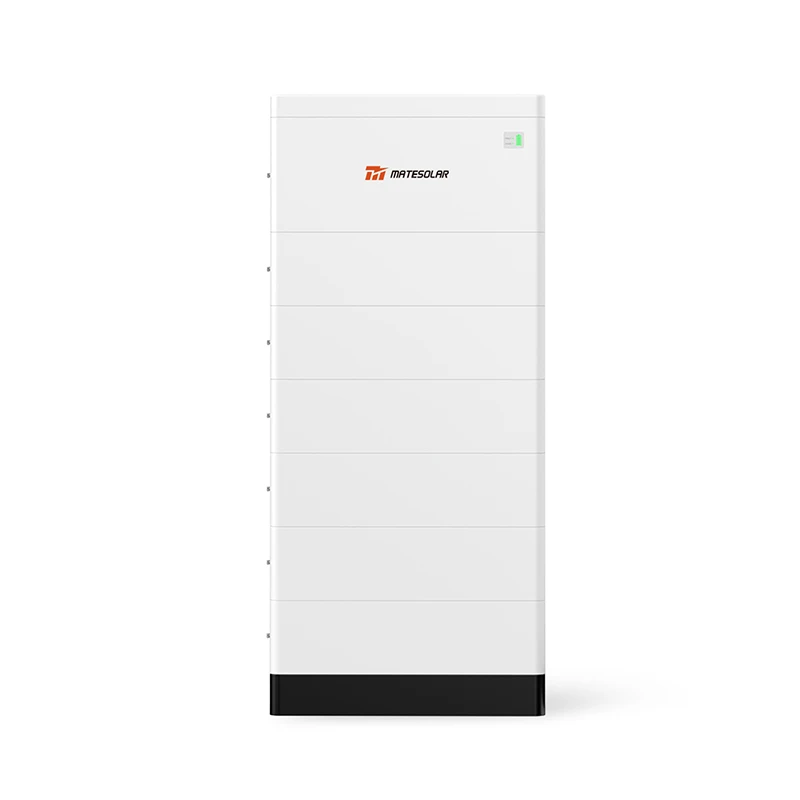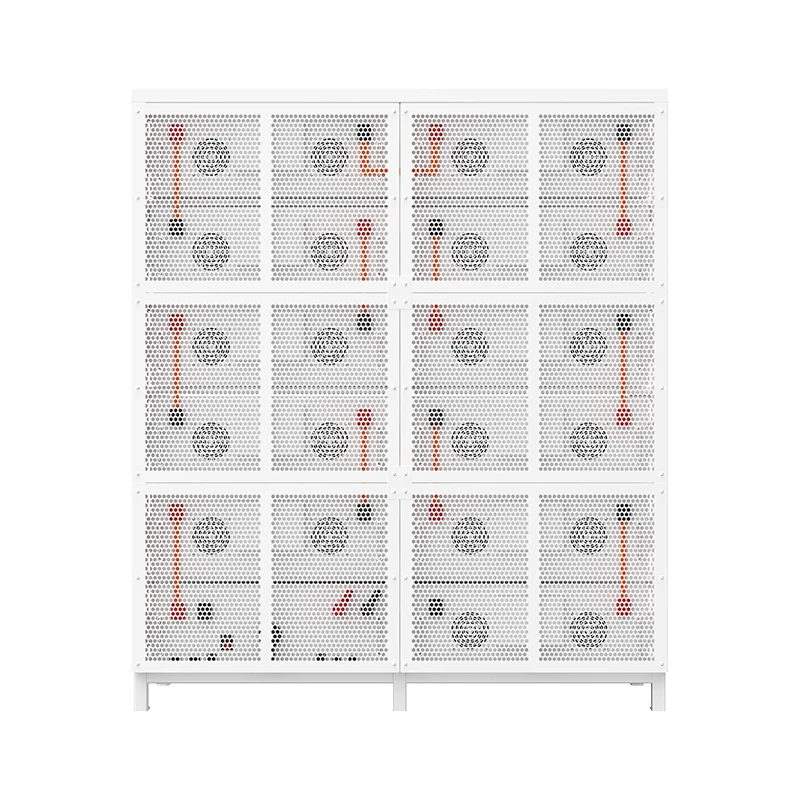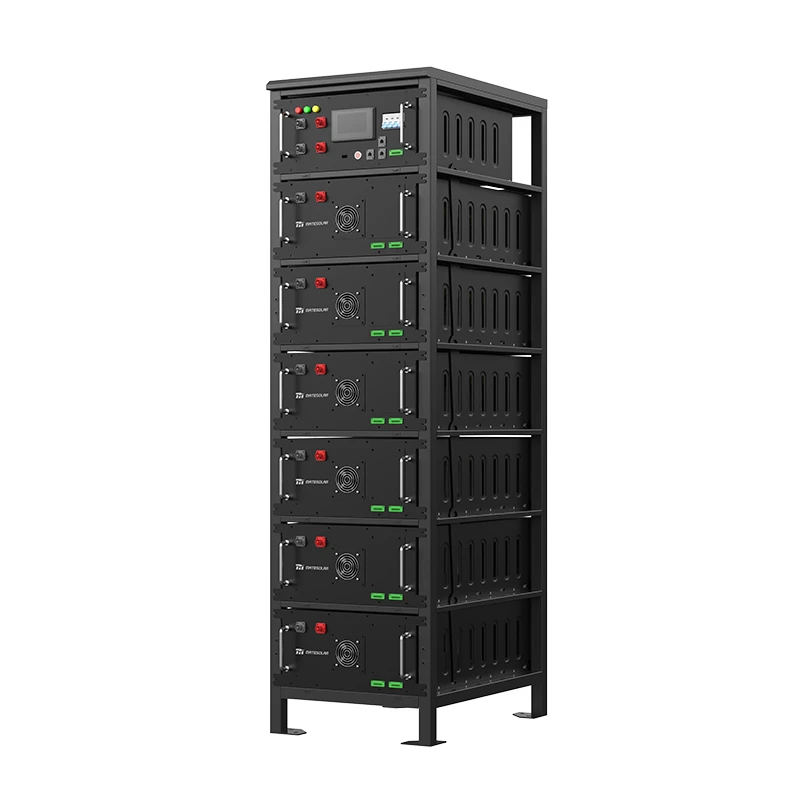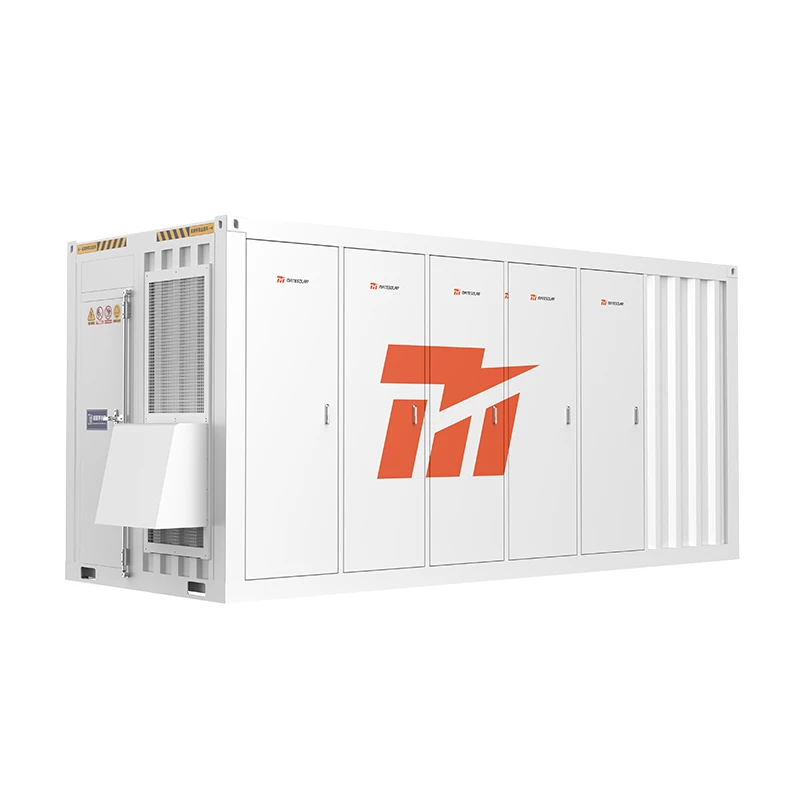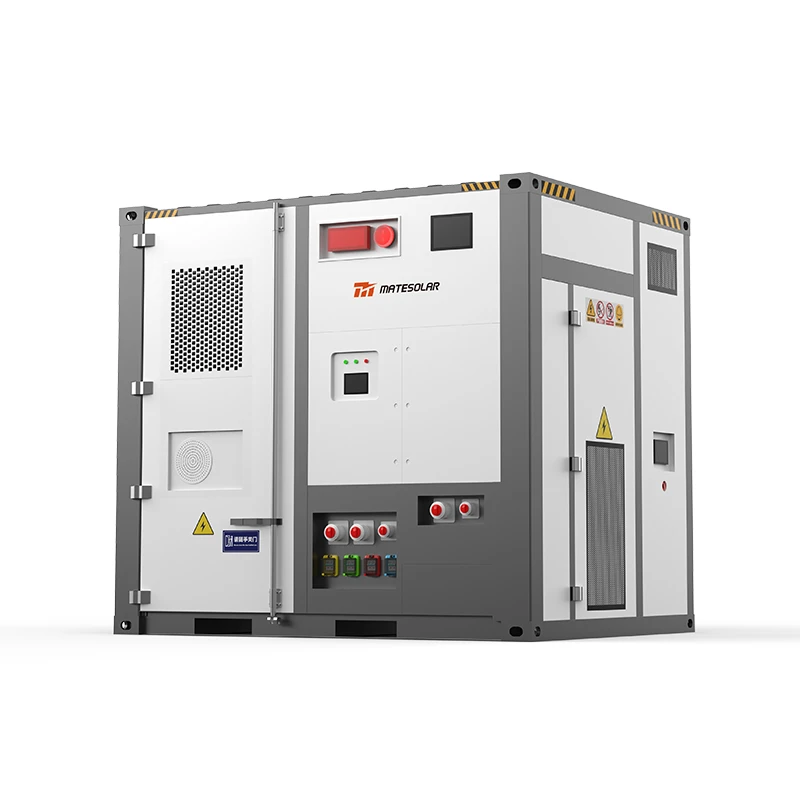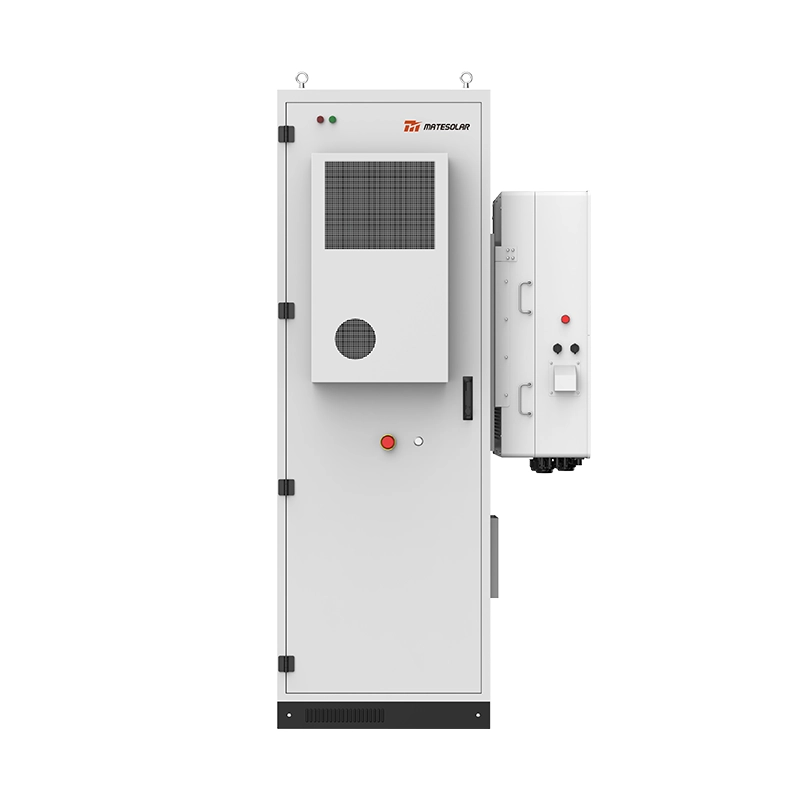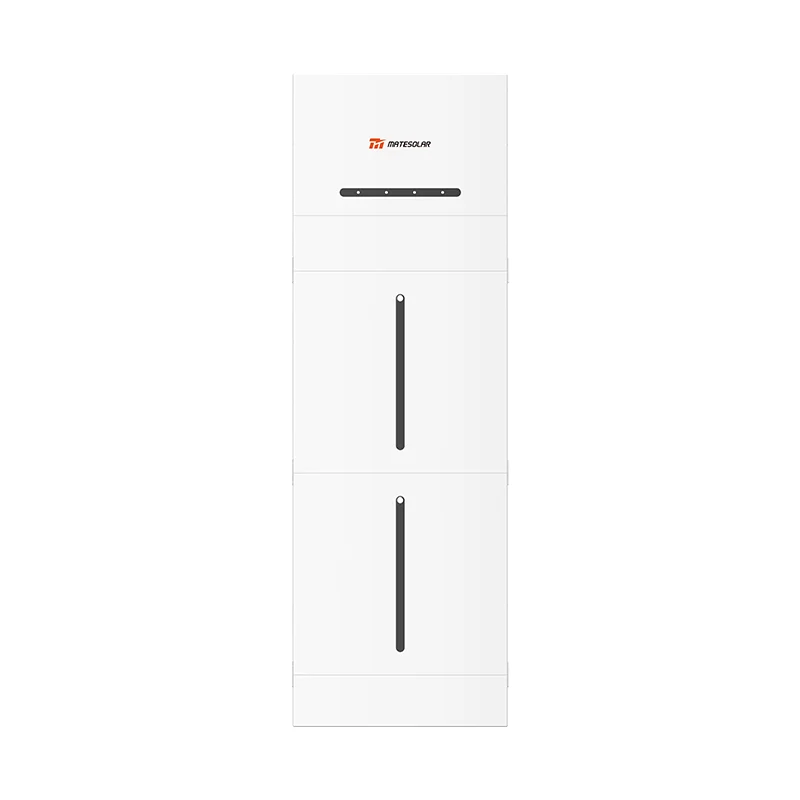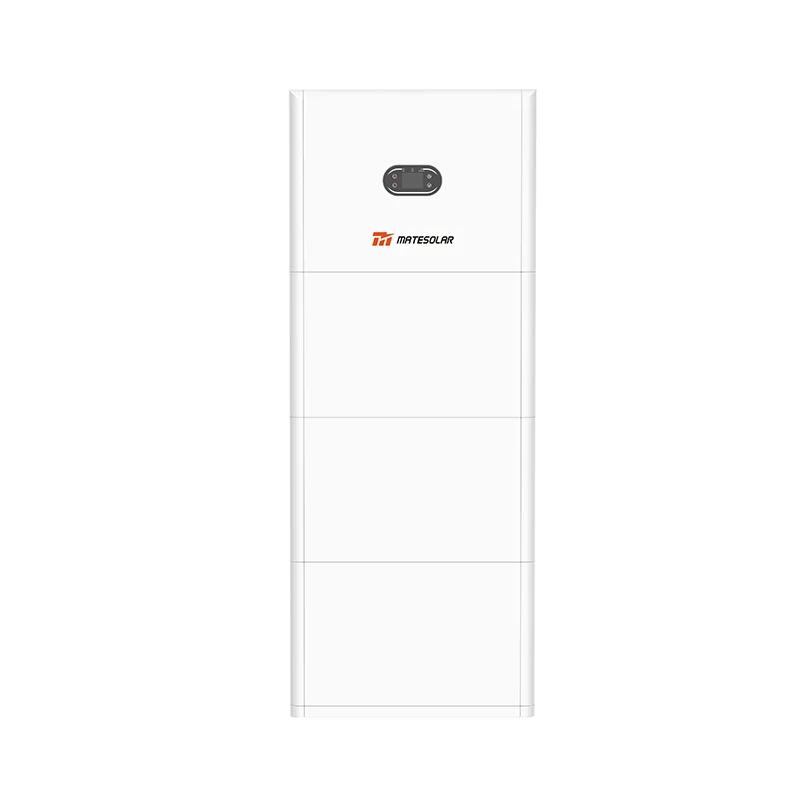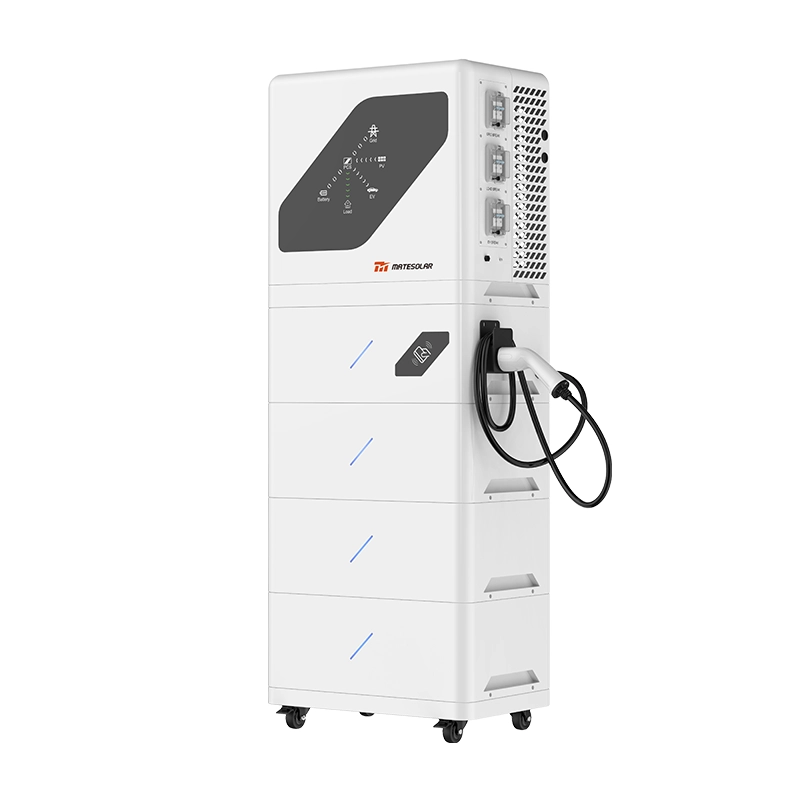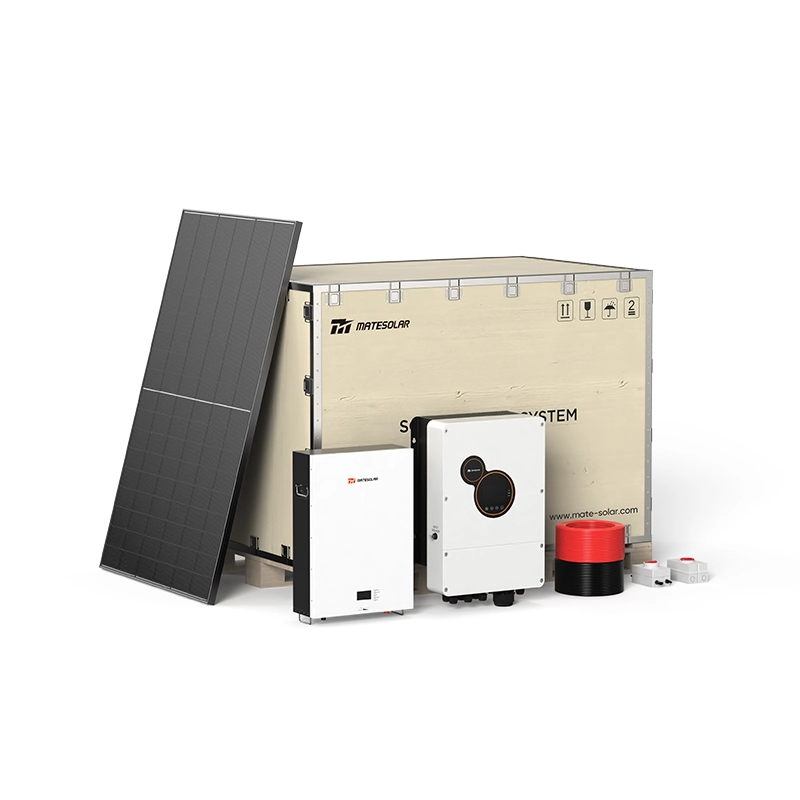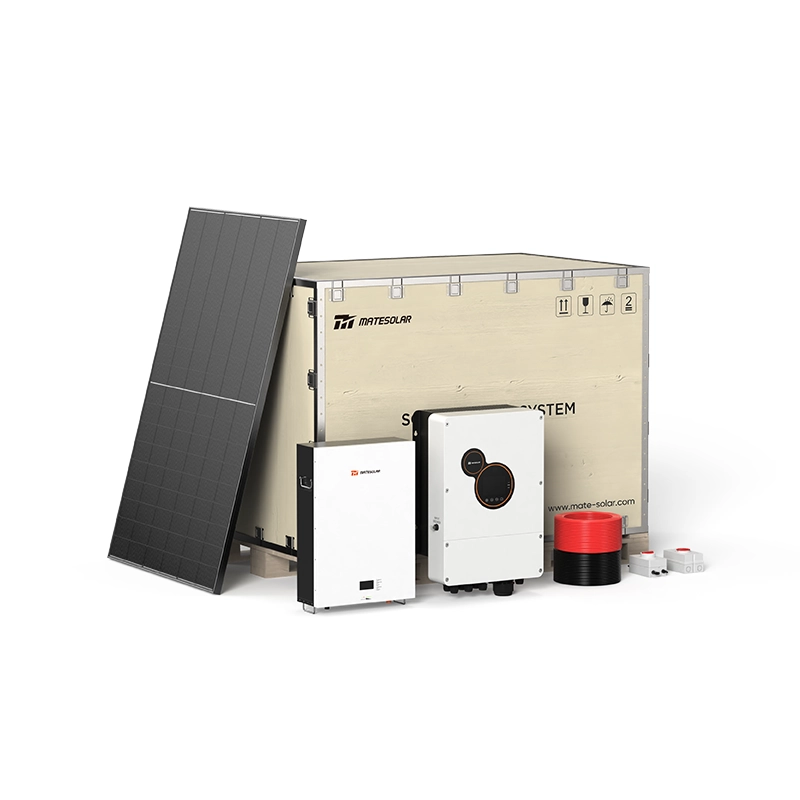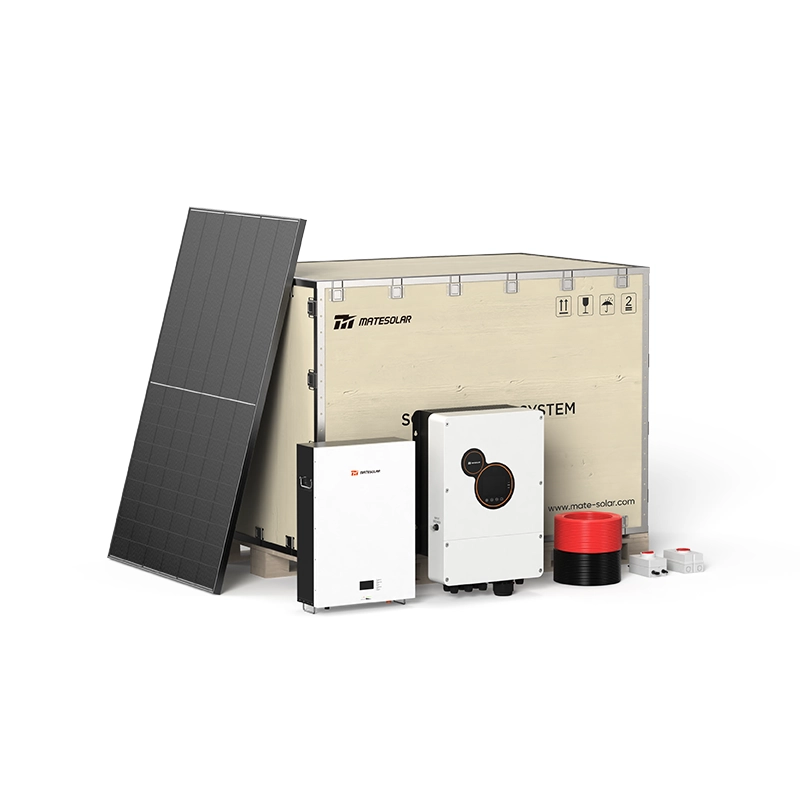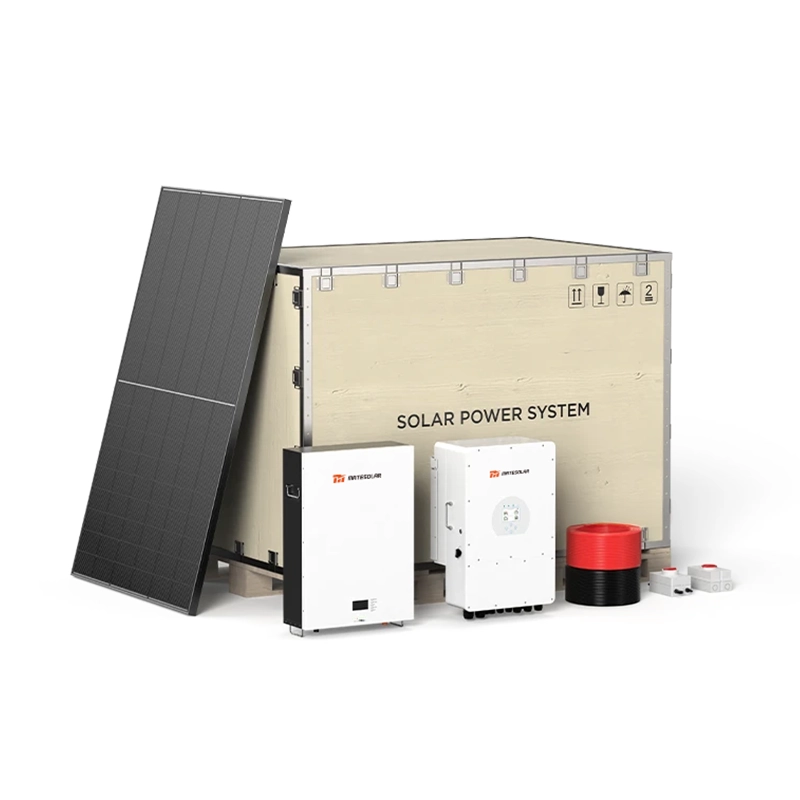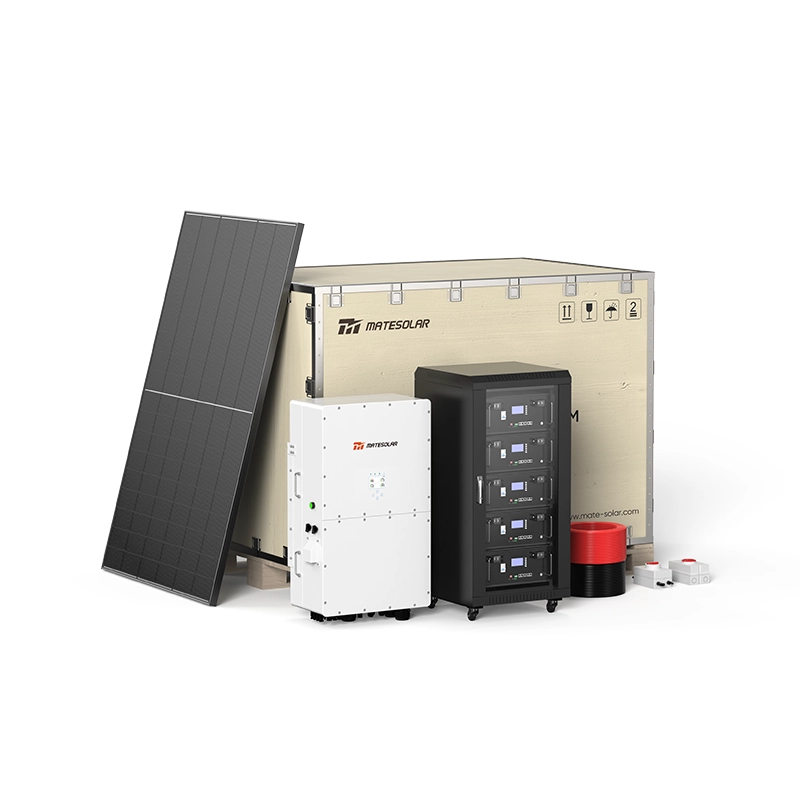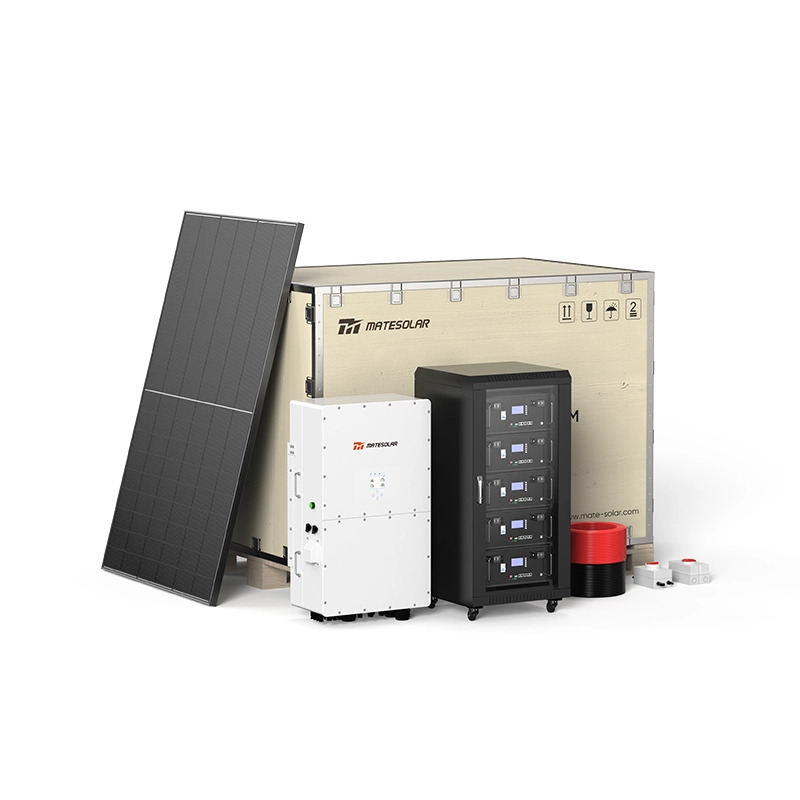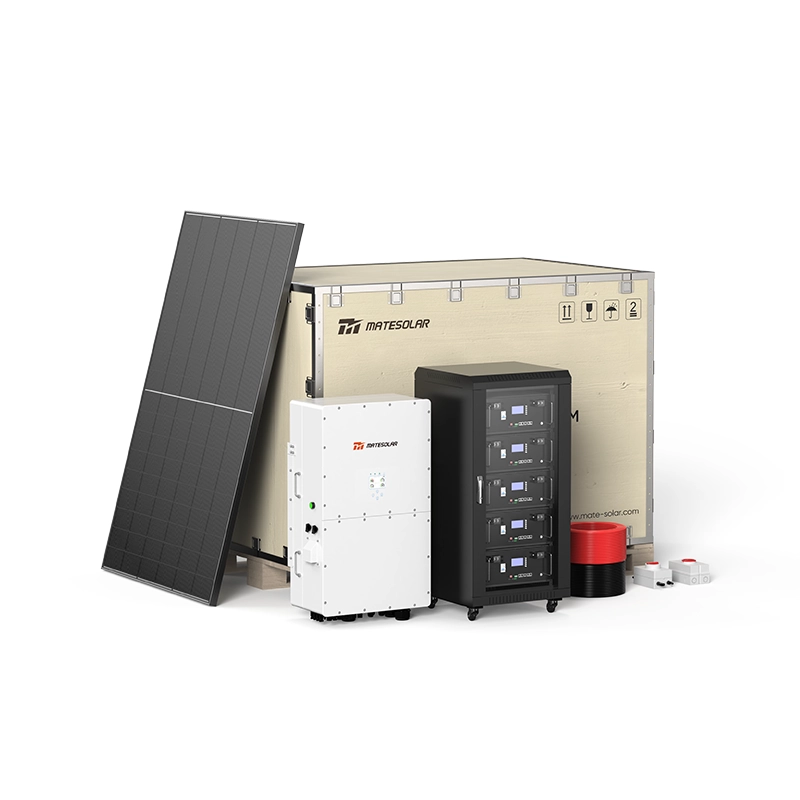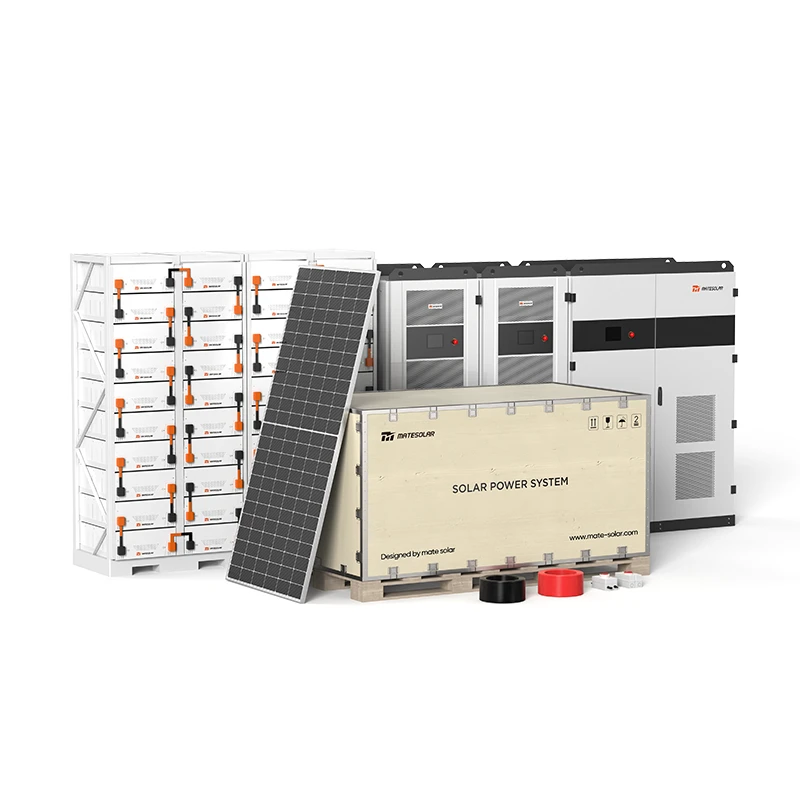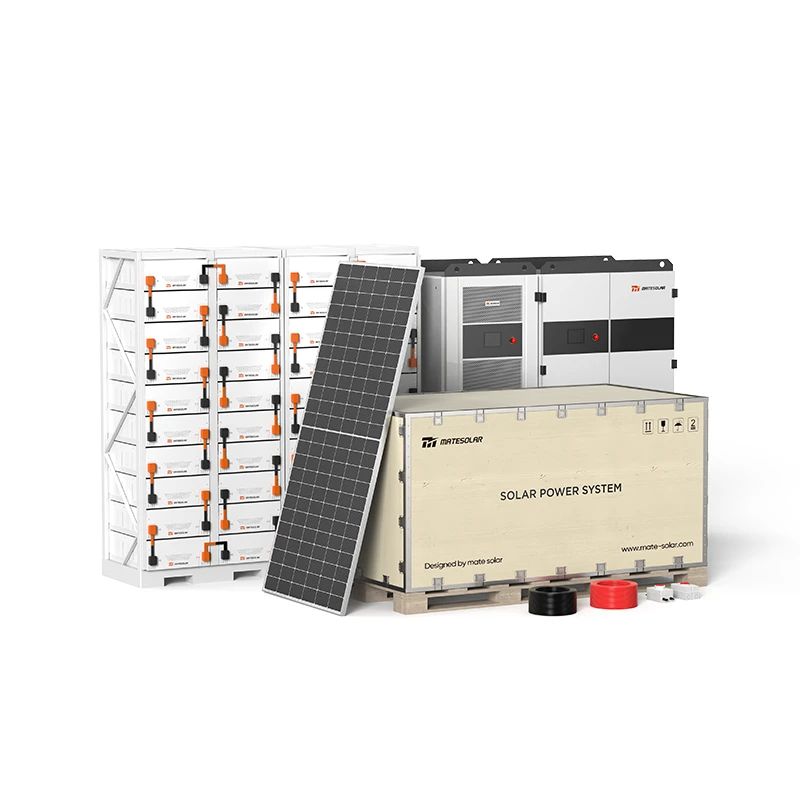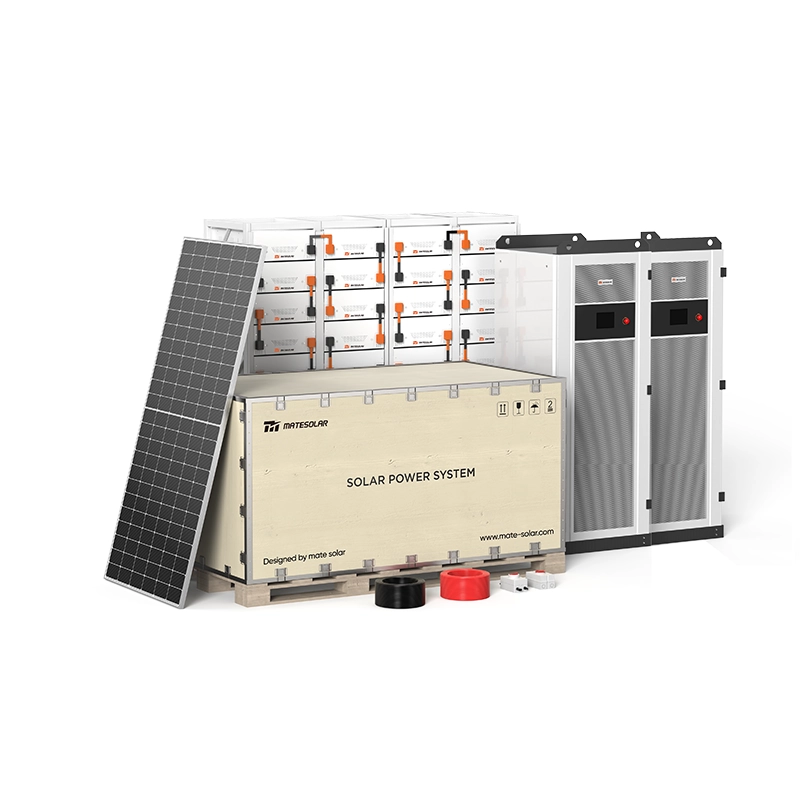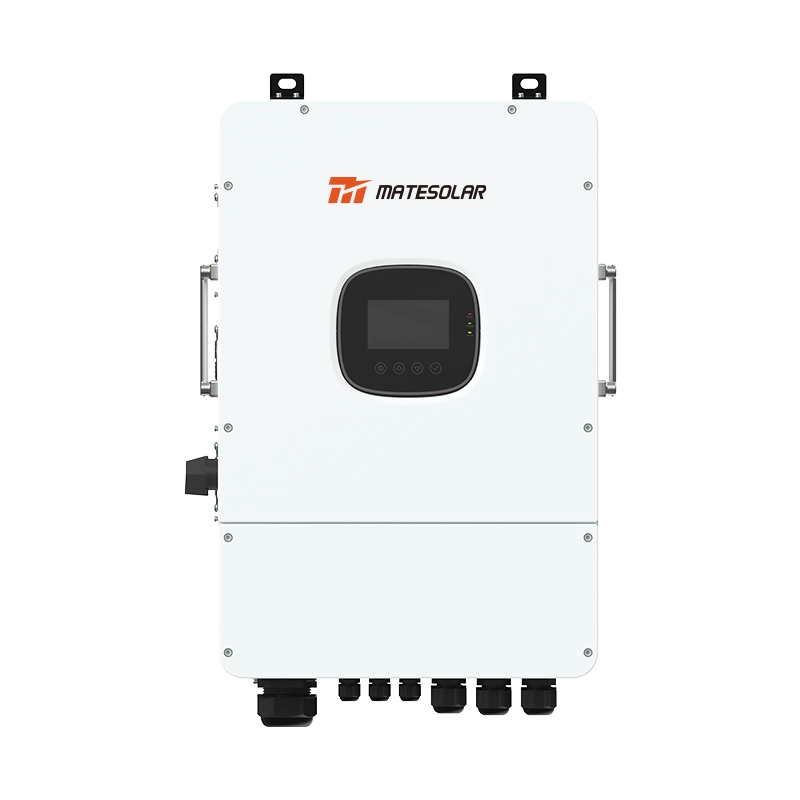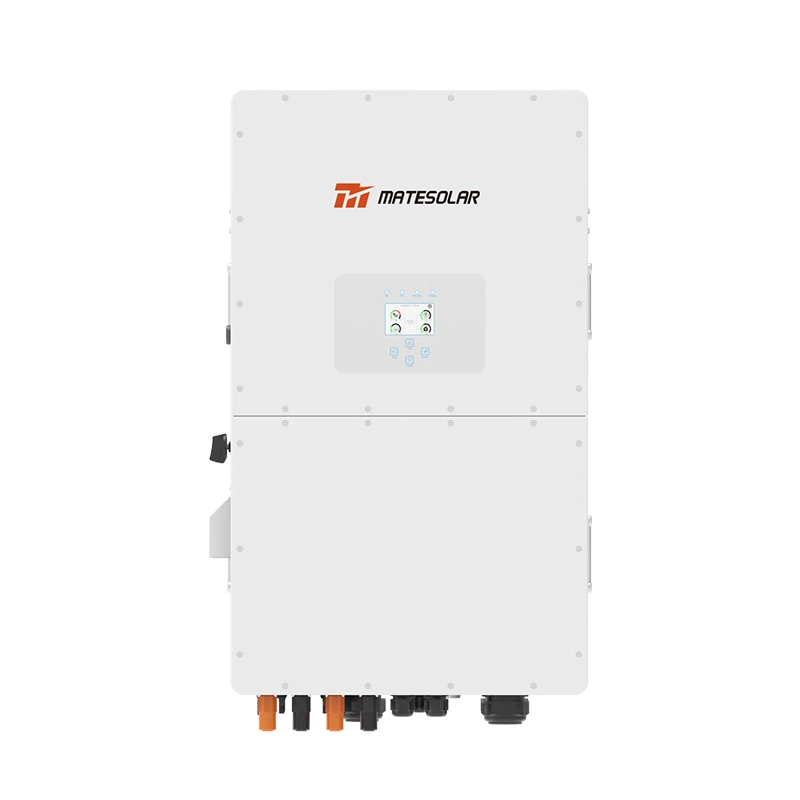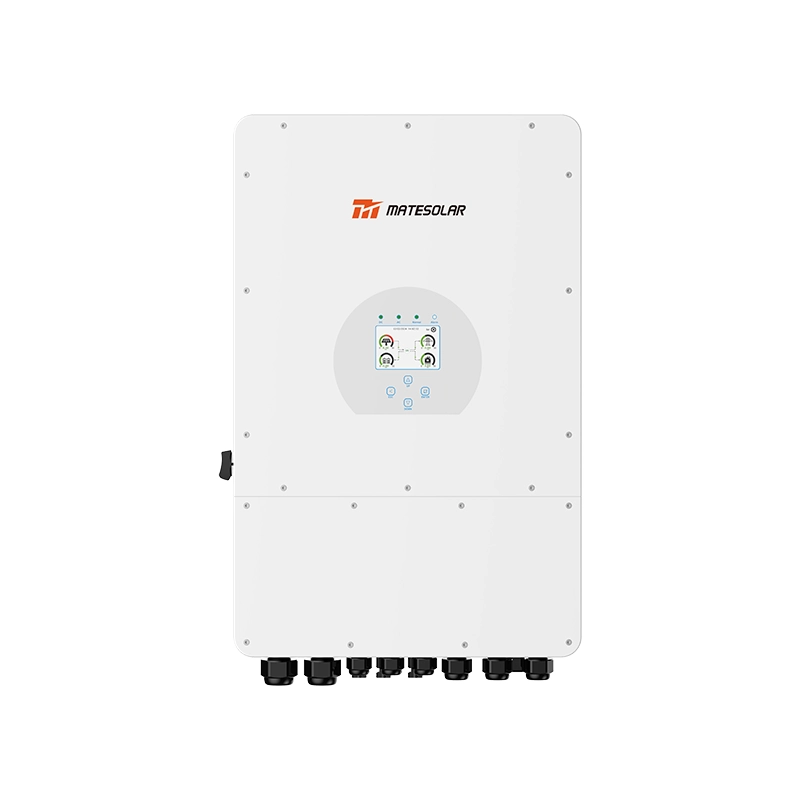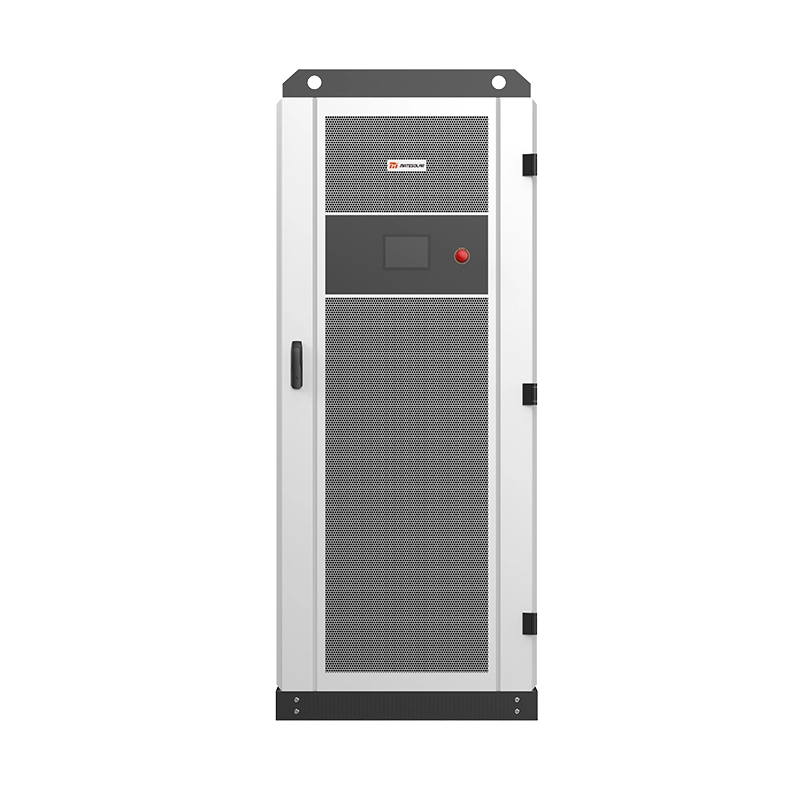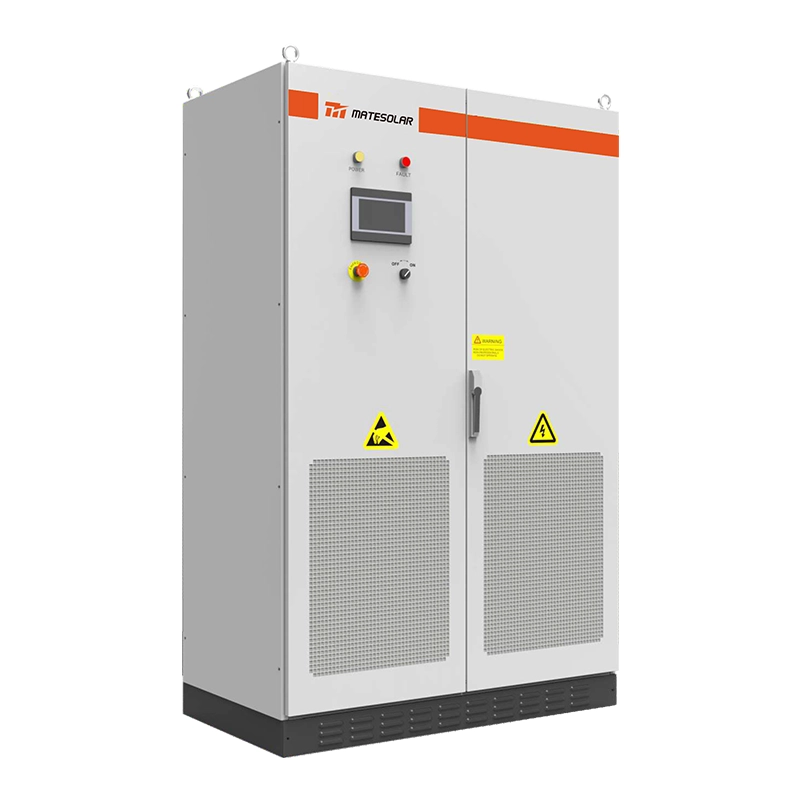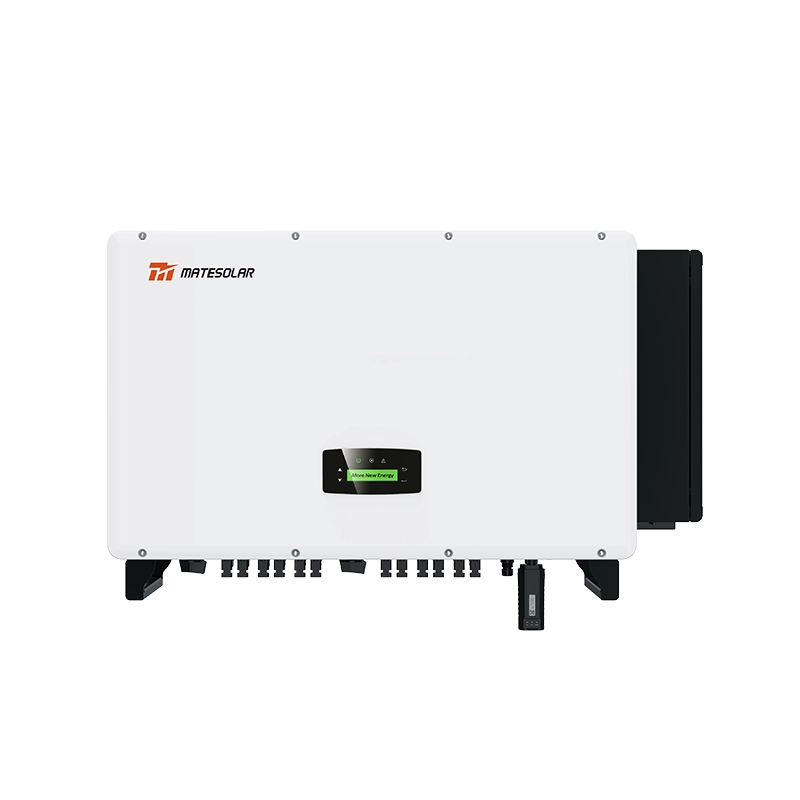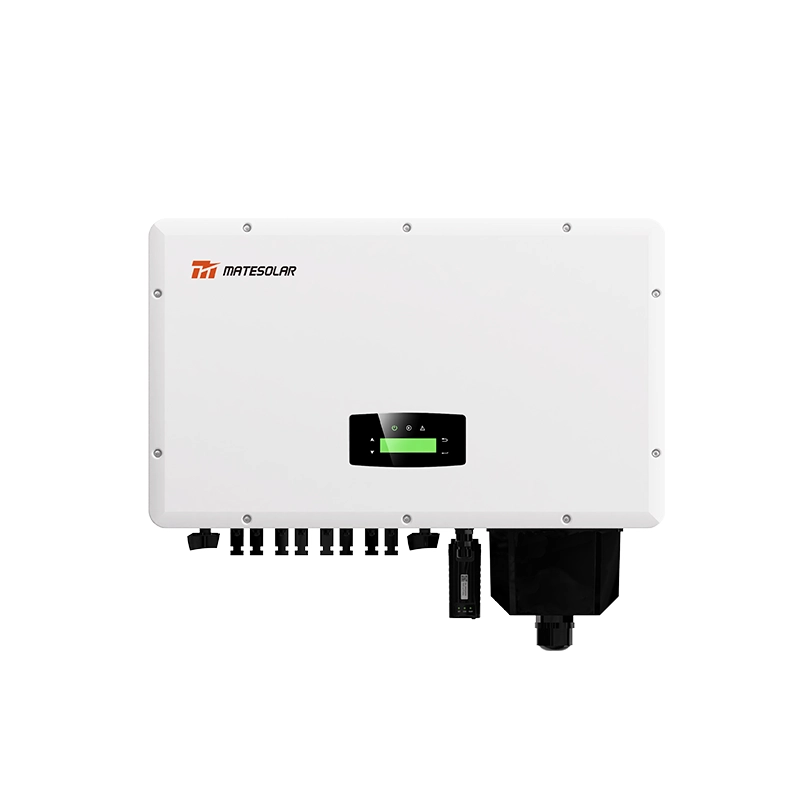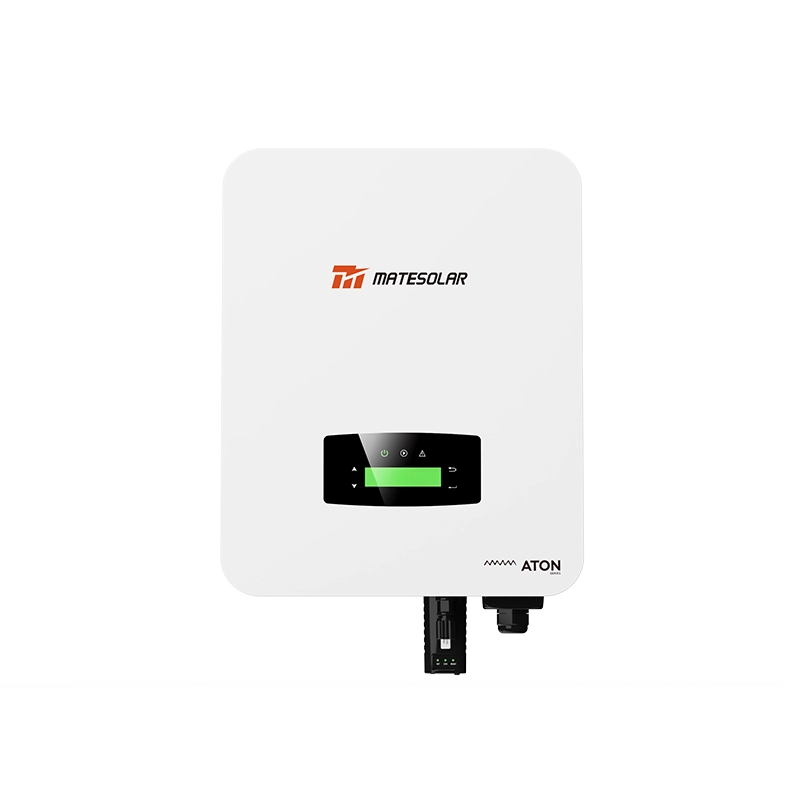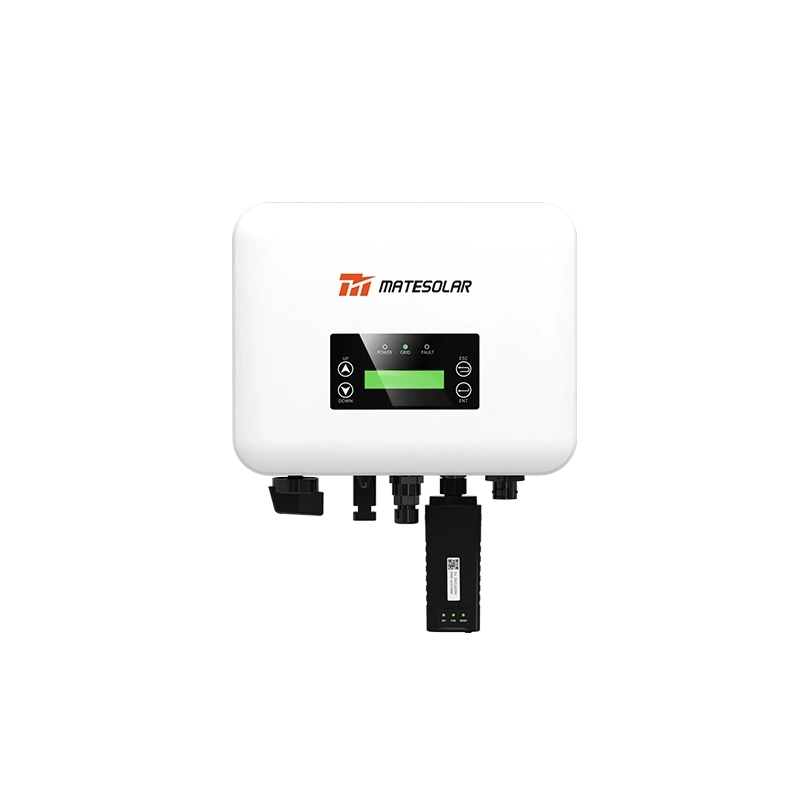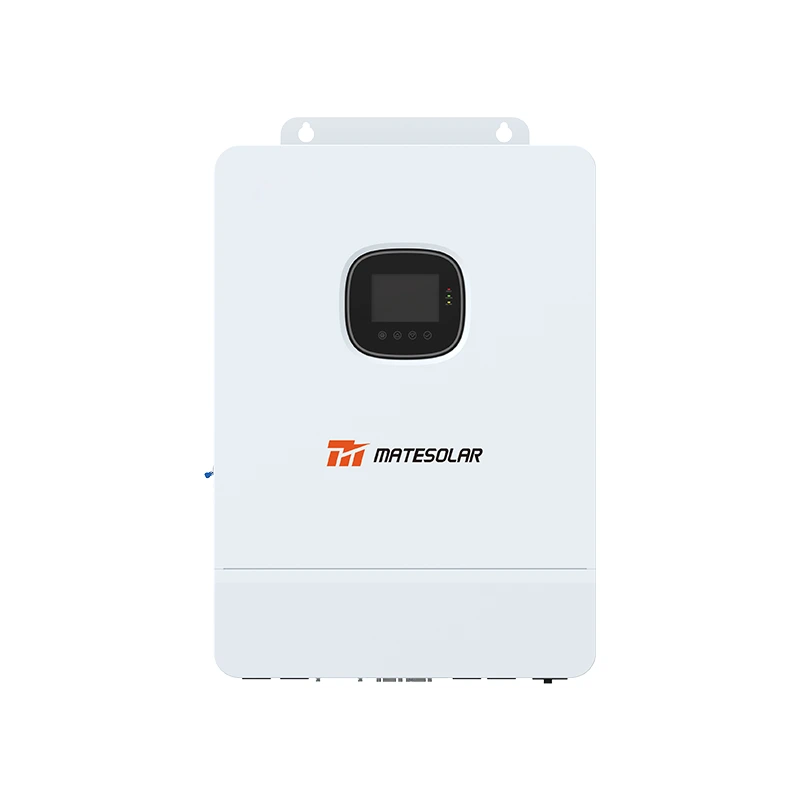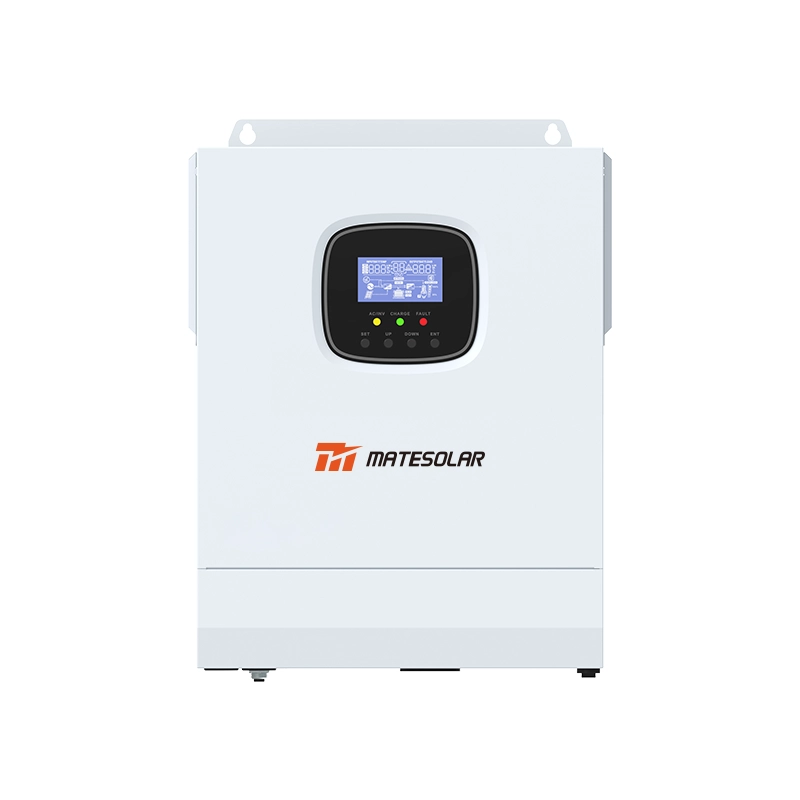
As Africa continues to embrace renewable energy to address its growing energy demands and combat climate change, the choice between ground-mounted and rooftop solar panels has become a critical decision for homeowners, businesses, and governments. Each installation type offers distinct advantages and challenges, particularly in the diverse and often demanding environments found across the continent. Mate Solar, a leading innovator in photovoltaic (PV) technology and energy storage solutions, provides a detailed, data-driven comparison to help stakeholders make informed decisions tailored to African settings.
Understanding the Basics: How Solar Panels Work
Solar panels, whether ground-mounted or rooftop, operate on the same fundamental principle: they convert sunlight into electricity using photovoltaic (PV) cells. These cells generate direct current (DC) electricity when exposed to sunlight, which is then converted into alternating current (AC) by an inverter for use in homes, businesses, or the grid. The choice between ground-mounted and rooftop systems depends on factors such as available space, energy requirements, installation costs, maintenance needs, and environmental conditions.
Ground-Mounted Solar Panels: Features and Considerations
Ground-mounted solar panels are installed on the ground, typically on fixed or adjustable frames, or tracking systems that follow the sun’s path to maximize energy capture. These systems are often deployed in large-scale solar farms or in rural areas where land is abundant.
Advantages:
1、Optimal Sunlight Exposure: Ground-mounted systems can be positioned to avoid shading and oriented at the ideal tilt angle for maximum solar irradiance, which is particularly beneficial in regions with high solar potential, such as the Sahel or Southern Africa.
2、Scalability: These systems are highly scalable, making them suitable for utility-scale projects or large commercial energy needs.
3、Ease of Maintenance: Ground-level access simplifies cleaning, repairs, and performance monitoring, which is critical in dusty or arid environments common in Africa.
4、Cooling Efficiency: Ground-mounted panels benefit from better airflow, reducing the risk of overheating and maintaining higher efficiency in hot climates.
Disadvantages:
1、Land Requirements: Ground-mounted systems require significant land area, which can be a challenge in densely populated or agriculturally valuable regions.
2、Higher Initial Costs: The need for mounting structures, land preparation, and additional wiring can increase upfront costs compared to rooftop systems.
3、Environmental Impact: Large-scale installations may disrupt local ecosystems or land use patterns, requiring careful planning and environmental assessments.
Rooftop Solar Panels: Features and Considerations
Rooftop solar panels are installed on the roofs of residential, commercial, or industrial buildings. They are particularly popular in urban areas where space is limited and electricity demand is high.
Advantages:
1、Space Efficiency: Rooftop systems utilize existing structures, making them ideal for urban environments where land is scarce.
2、Reduced Transmission Losses: By generating electricity close to the point of use, rooftop systems minimize energy losses associated with long-distance transmission.
3、Lower Installation Costs: Rooftop installations often require fewer materials (e.g., no need for additional land or mounting structures) and can be integrated into building designs.
4、Grid Independence: Rooftop systems can be paired with battery storage to provide backup power during outages, a significant advantage in regions with unreliable grids.
Disadvantages:
1、Space Limitations: The available roof area may restrict the size of the installation, limiting energy generation potential.
2、Shading and Orientation Challenges: Buildings may not be optimally oriented for solar exposure, and shading from nearby structures or vegetation can reduce efficiency.
3、Maintenance Difficulties: Accessing rooftop systems for cleaning and repairs can be more challenging and hazardous, particularly in multi-story buildings.
4、Structural Constraints: Older or weaker roofs may require reinforcement to support the weight of solar panels, adding to costs.
Comparative Analysis: Ground-Mounted vs Rooftop Solar Panels in African Settings
Africa’s diverse climates, from the arid deserts of North Africa to the tropical regions of Central Africa, present unique challenges and opportunities for solar energy deployment. Mate Solar has analyzed key performance metrics and suitability factors for both systems in African contexts.
| Feature | Ground-Mounted Panels | Rooftop Panels |
| Optimal for Large Scale | Yes | No |
| Land Requirement | High (1-2 acres per MW) | None (uses existing roof space) |
| Installation Cost | 1.00−1.50 per watt (USD) | 0.80−1.20 per watt (USD) |
| Maintenance Ease | Easier (ground-level access) | Harder (requires roof access) |
| Urban Suitability | Low | High |
| Rural Suitability | High | Medium |
| Energy Output | Higher (optimal orientation) | Lower (potential shading issues) |
| Cooling Efficiency | Better (natural airflow) | Reduced (heat buildup on roofs) |
| Environmental Impact | Higher (land use) | Lower (utilizes existing space) |
Case Study: Solar Energy in Sub-Saharan Africa
In Sub-Saharan Africa, where over 600 million people lack access to electricity, solar energy offers a transformative solution. Ground-mounted systems are ideal for rural electrification projects, such as mini-grids or solar farms, where land is abundant and energy demand is concentrated. For example, the Benban Solar Park in Egypt, one of the largest solar installations in the world, demonstrates the potential of ground-mounted systems in arid regions.
Conversely, rooftop systems are gaining traction in urban areas like Nairobi, Lagos, and Johannesburg, where space constraints and high electricity costs drive demand for distributed generation. Rooftop installations are particularly effective for commercial and industrial facilities, which often have large, flat roofs and high energy consumption.
Mate Solar’s Recommendations
Mate Solar emphasizes that the choice between ground-mounted and rooftop solar panels should be guided by specific local conditions, energy needs, and long-term goals. Key considerations include:
- Energy Demand: Large-scale energy users (e.g., factories, farms) may benefit more from ground-mounted systems, while residential and small commercial users may find rooftop systems more practical.
- Geographic Location: Regions with high solar irradiance and ample land (e.g., Sahel, Southern Africa) are well-suited for ground-mounted systems, while urban areas with limited space should prioritize rooftop installations.
- Budget and Financing: Ground-mounted systems may have higher upfront costs but offer greater scalability, while rooftop systems provide a quicker return on investment for smaller-scale projects.
Conclusion: Powering Africa’s Future with Solar Energy
As Africa continues to harness its vast solar potential, the choice between ground-mounted and rooftop solar panels will play a pivotal role in shaping the continent’s energy landscape. Mate Solar remains committed to providing innovative, reliable, and cost-effective solar solutions tailored to the unique needs of African settings. By leveraging advanced PV technology, energy storage systems, and expert guidance, Mate Solar empowers individuals, businesses, and communities to transition to clean, sustainable energy.
For more information on solar energy solutions and to explore the best options for your needs, visit Mate Solar’s website or contact our team of experts today. Together, we can build a brighter, more sustainable future for Africa.





